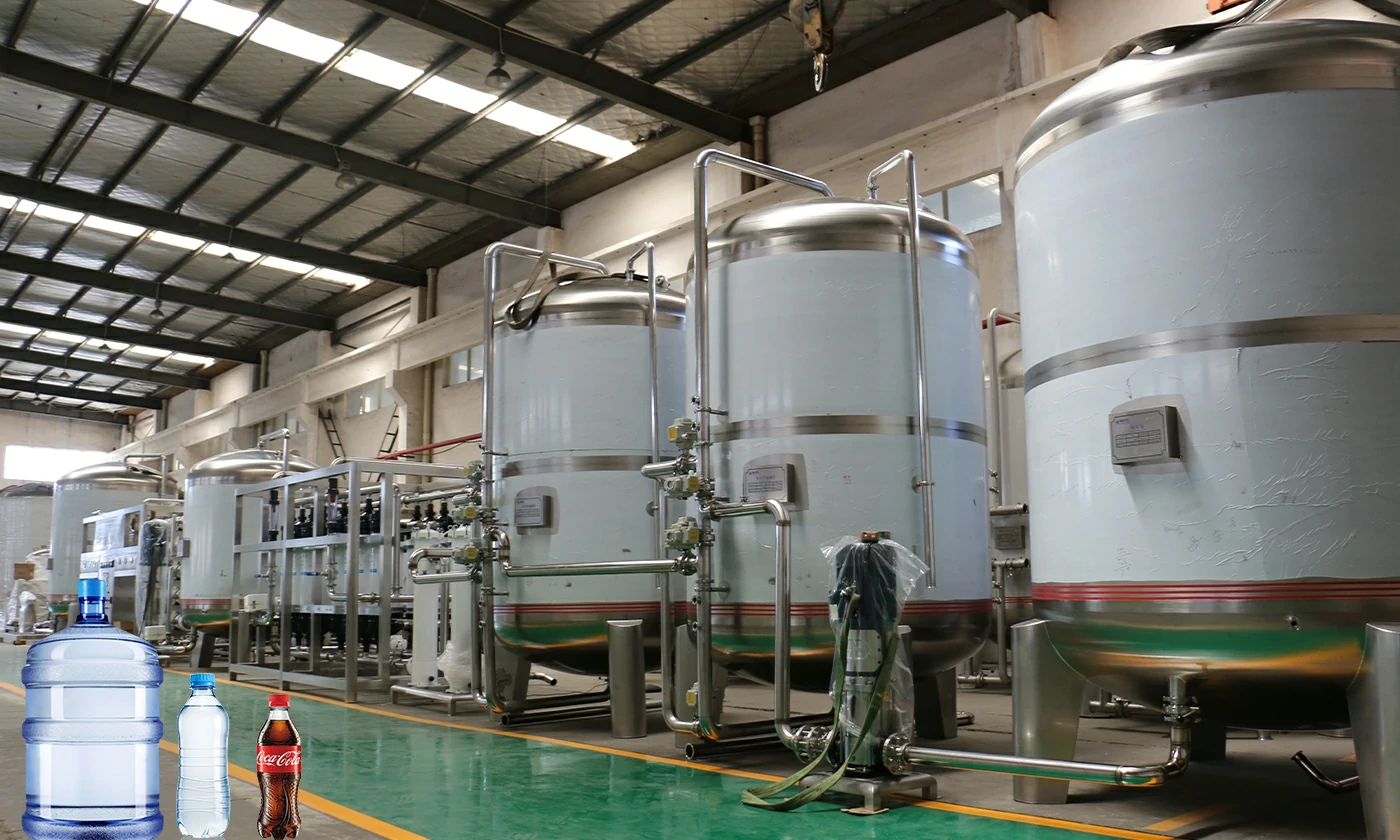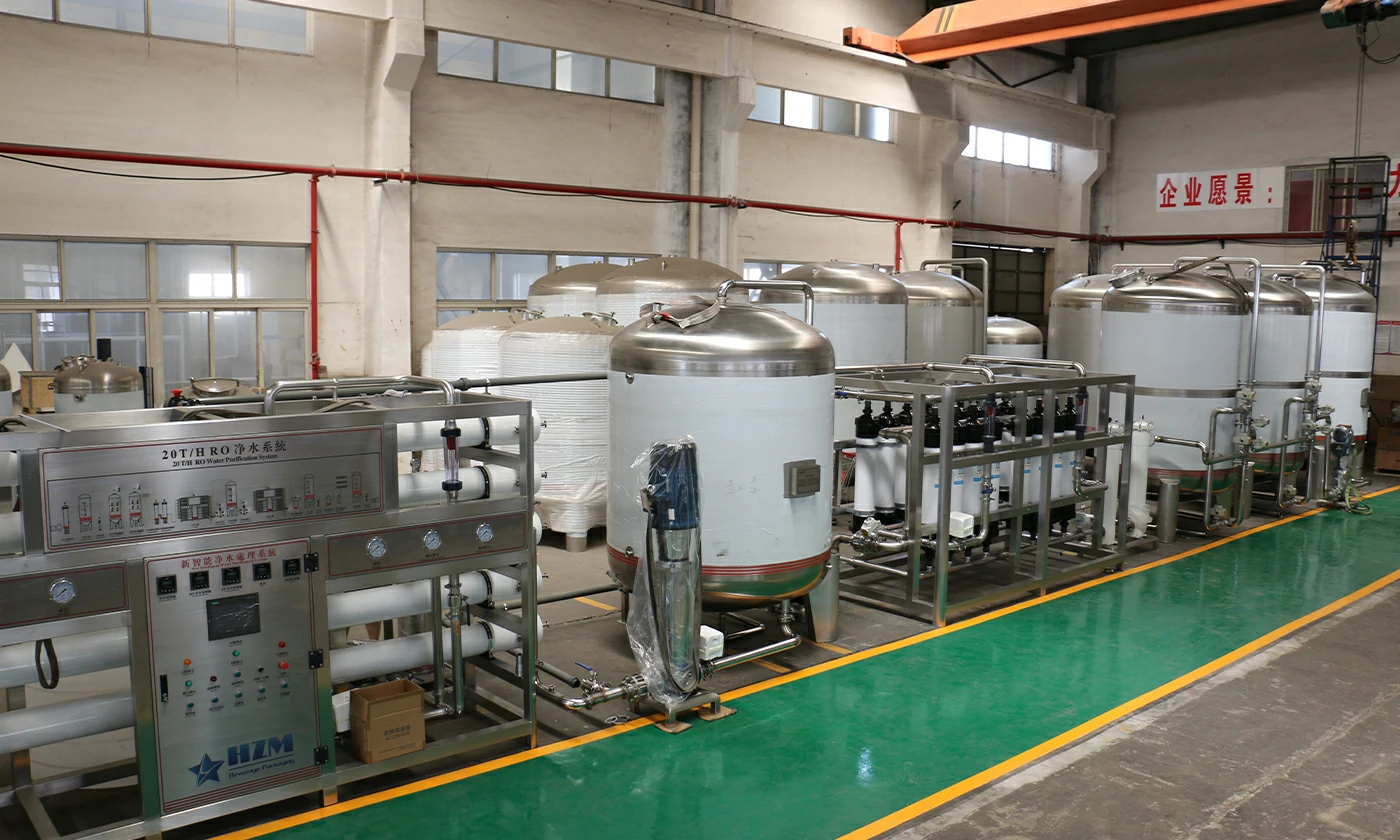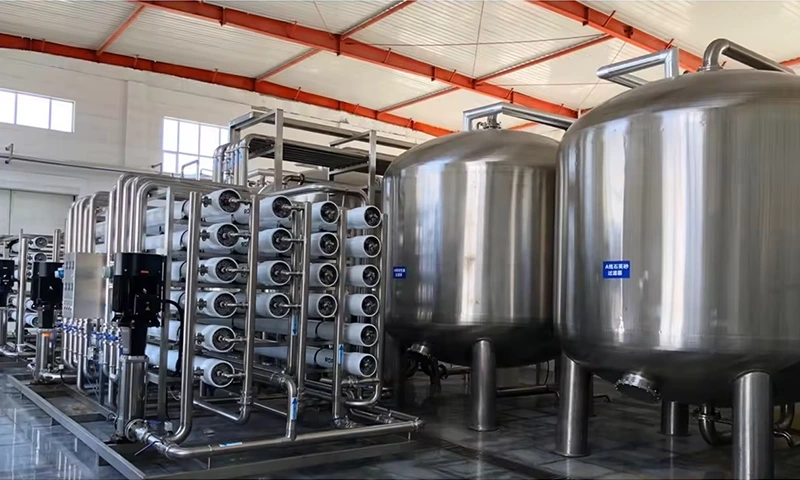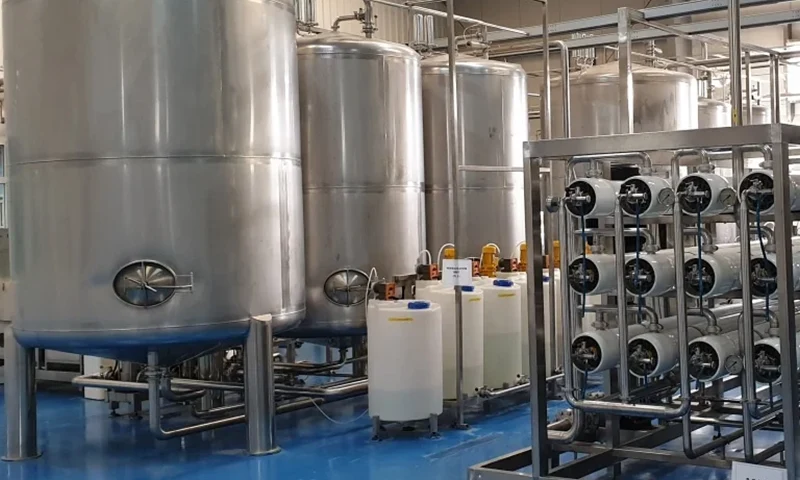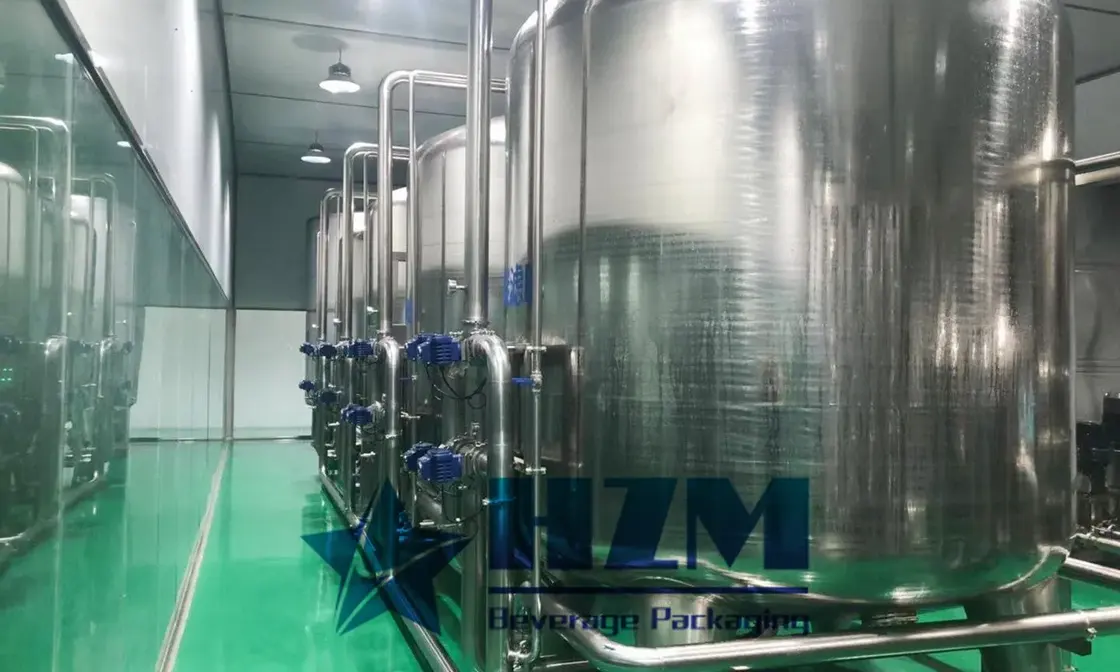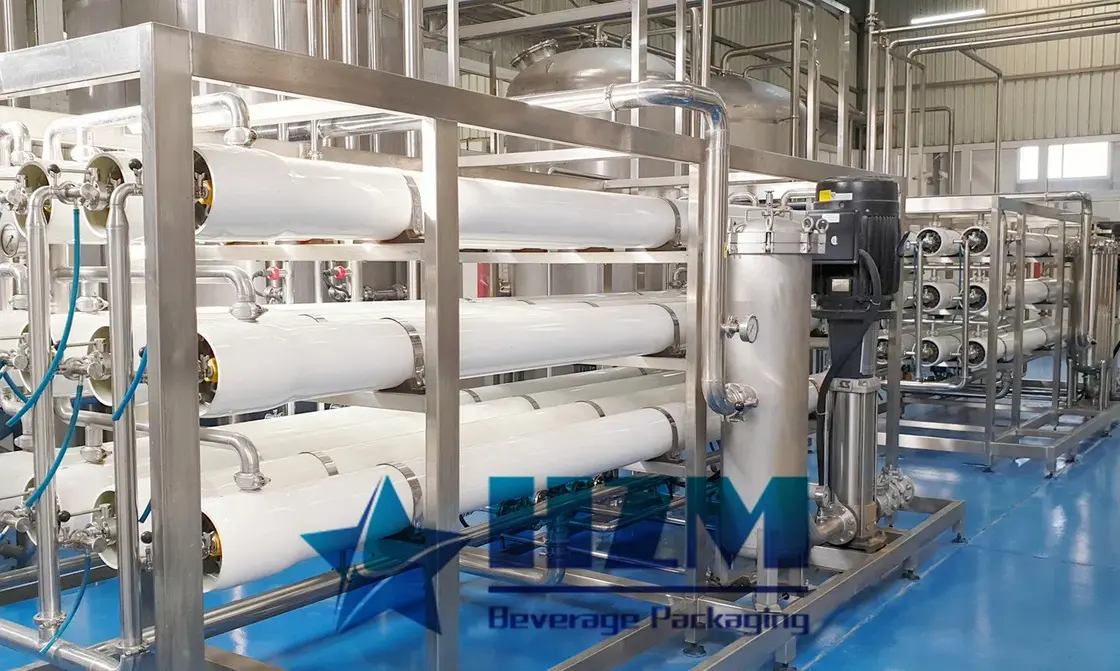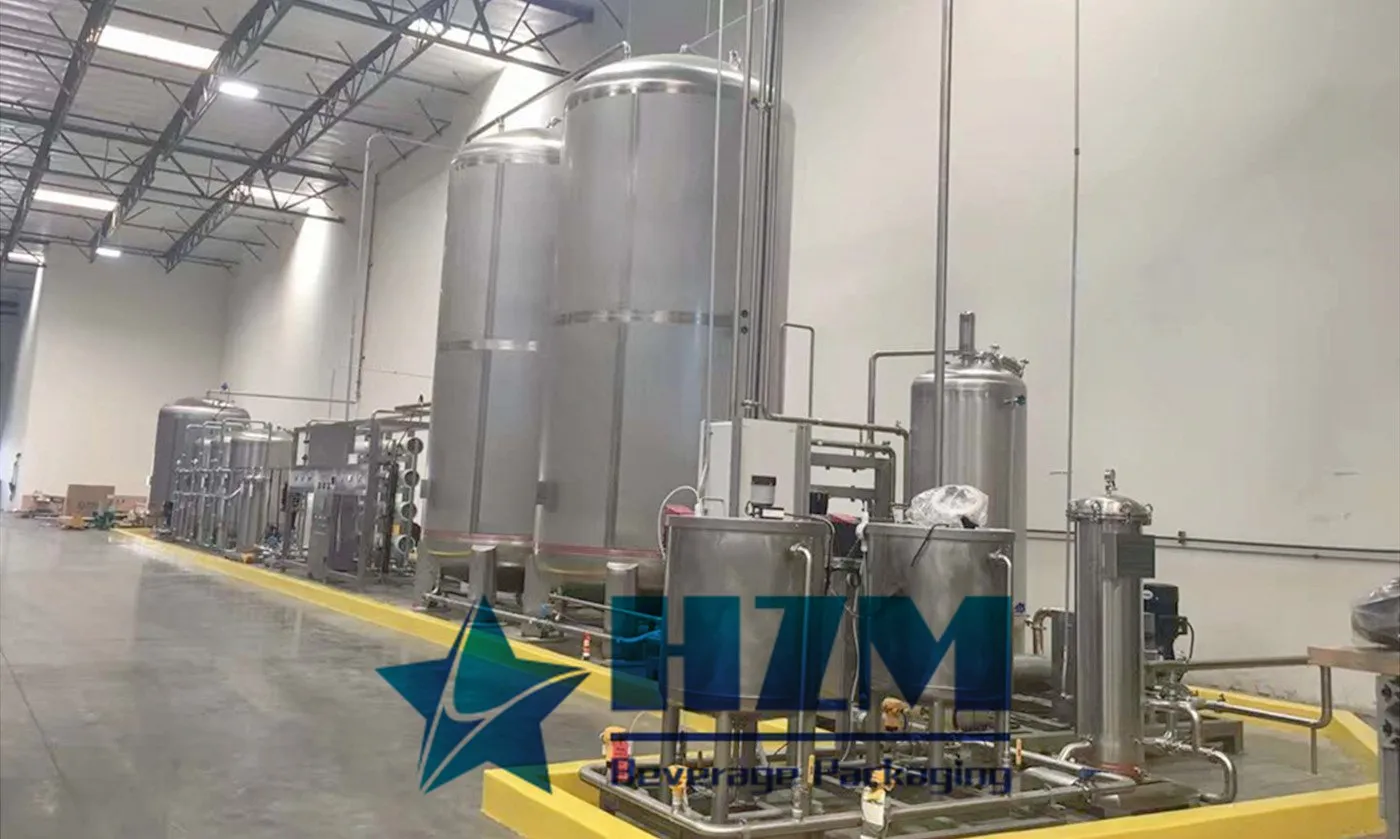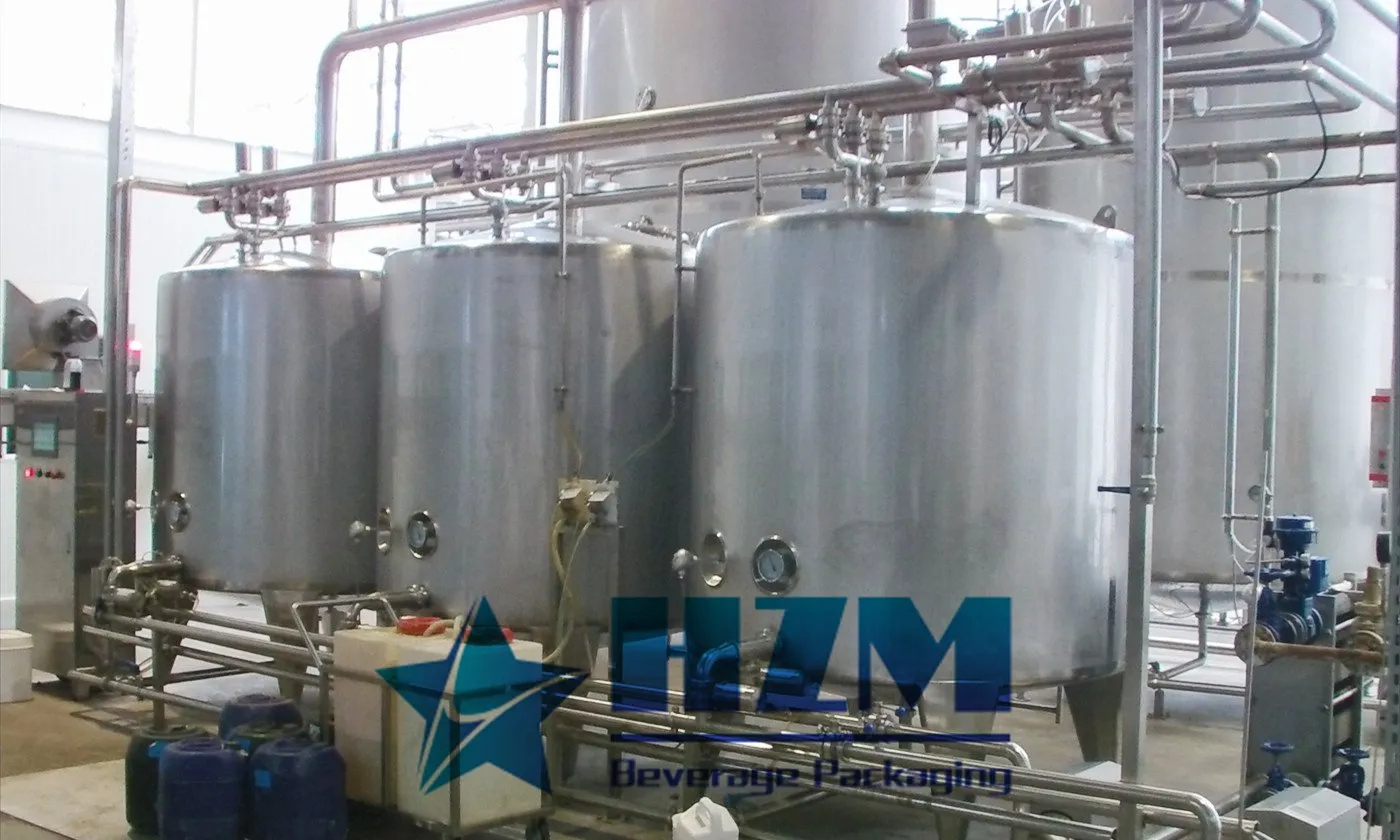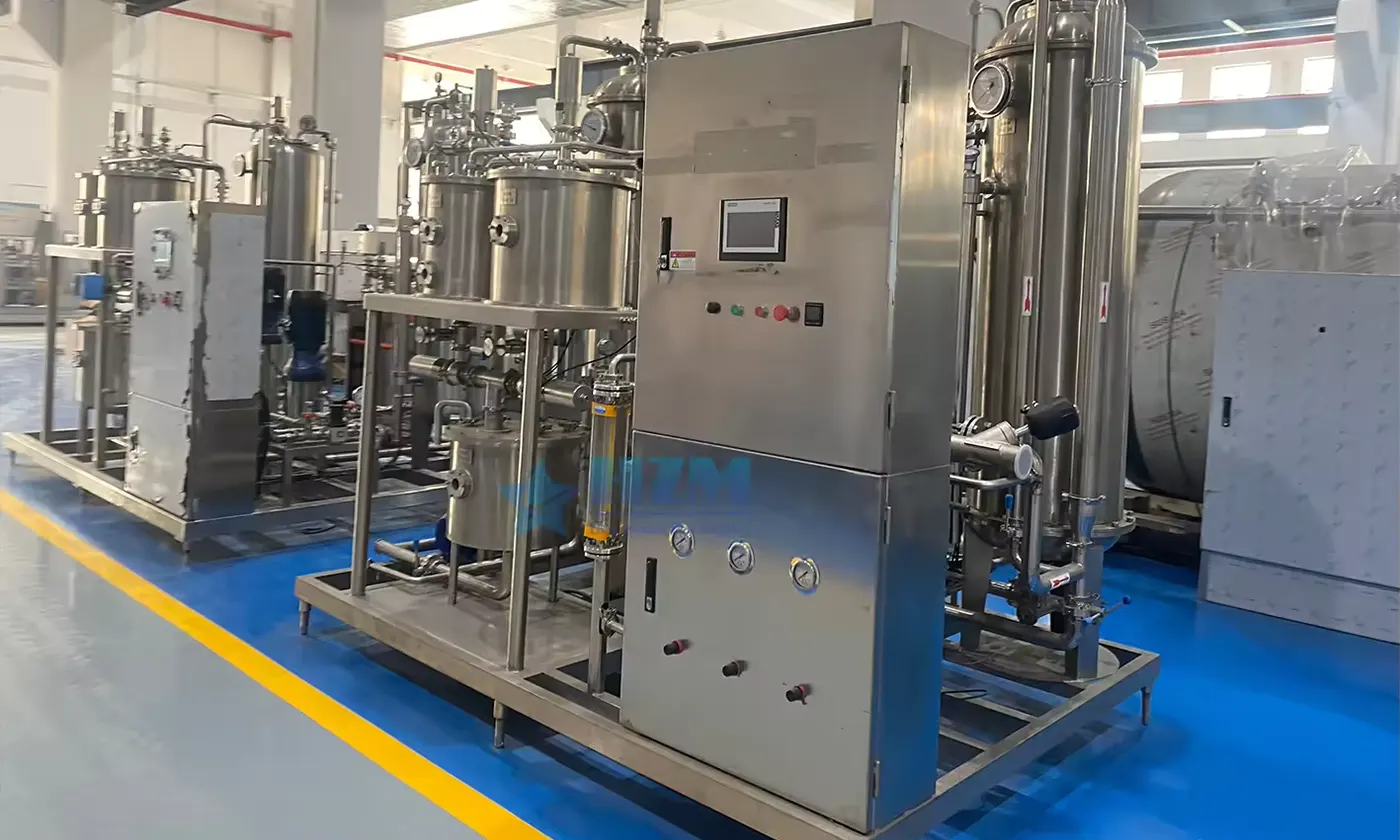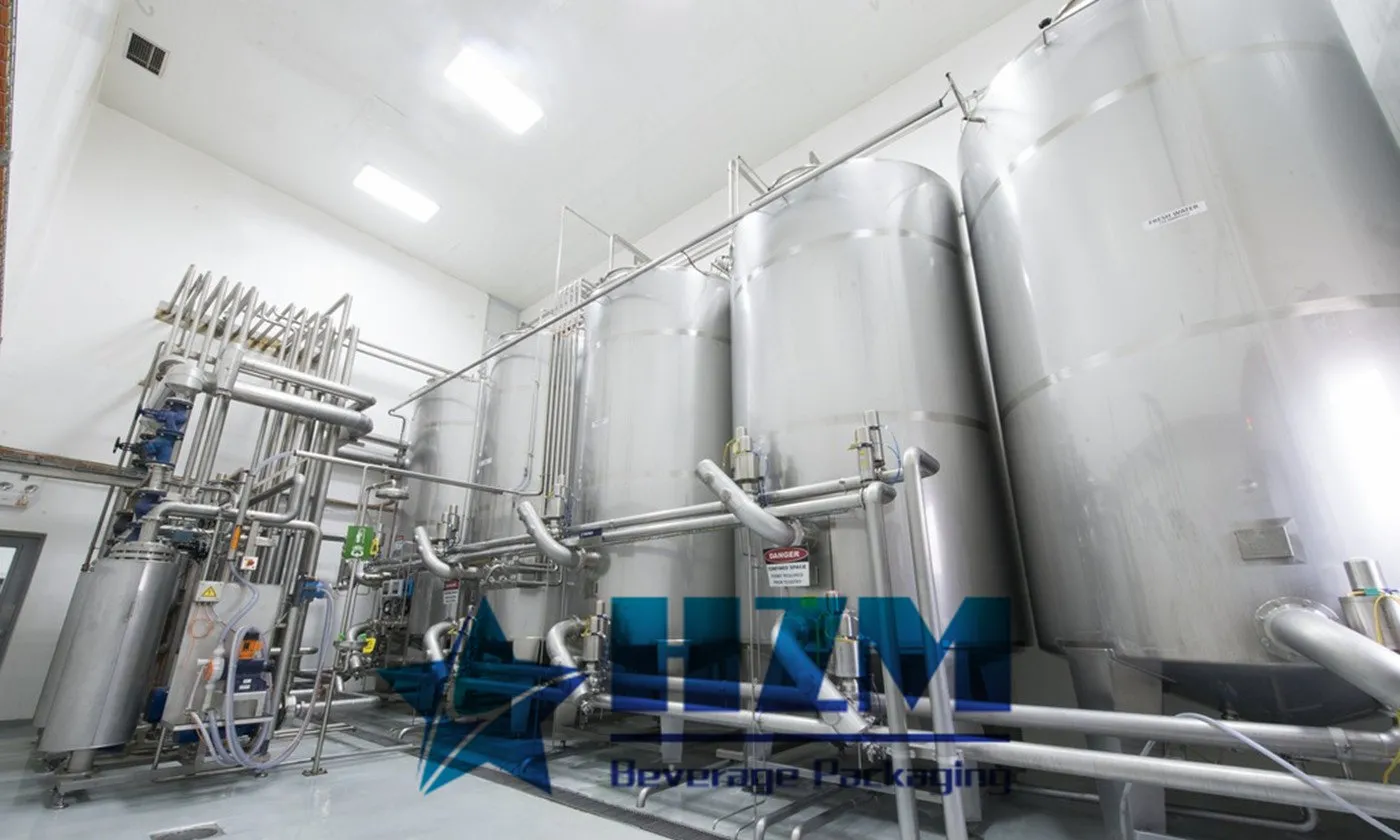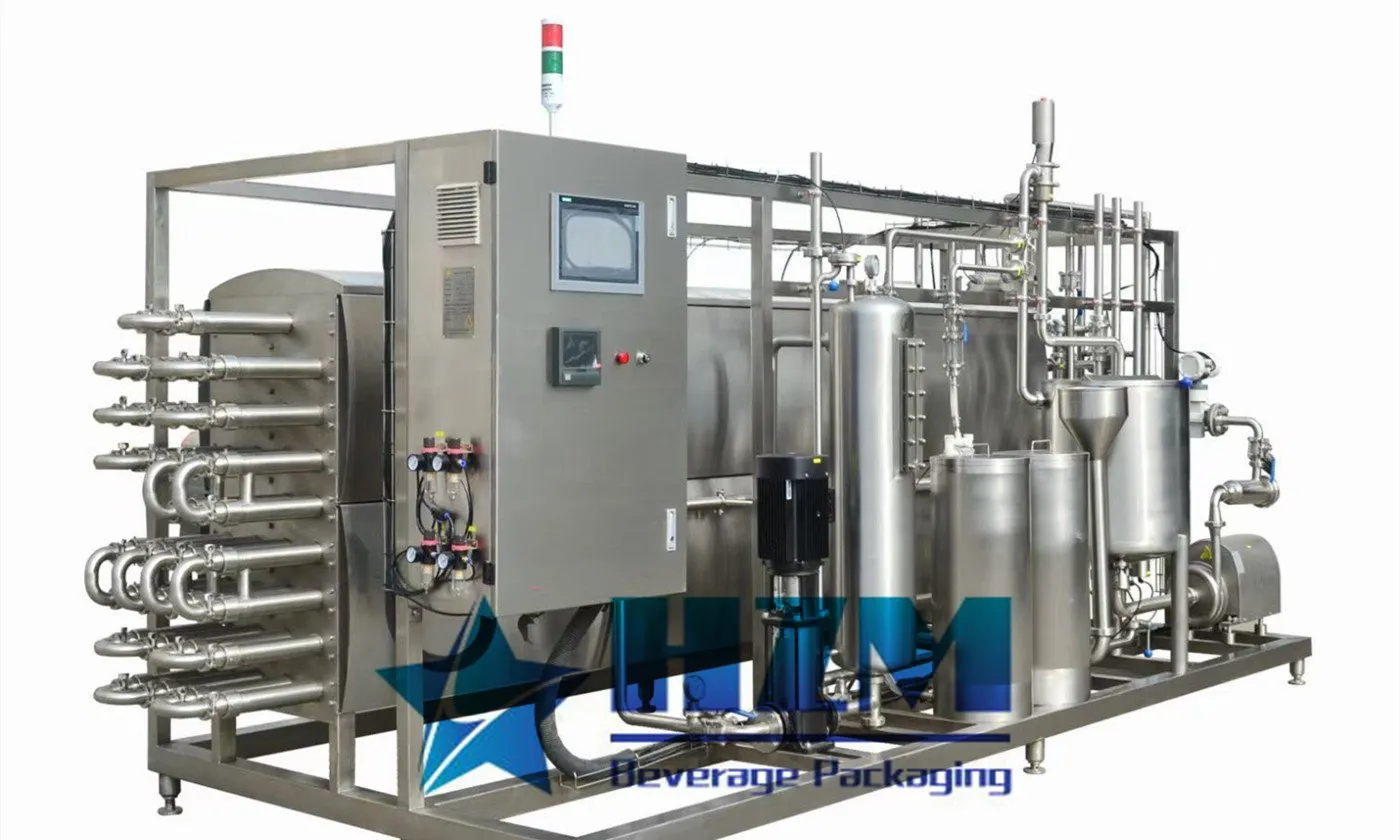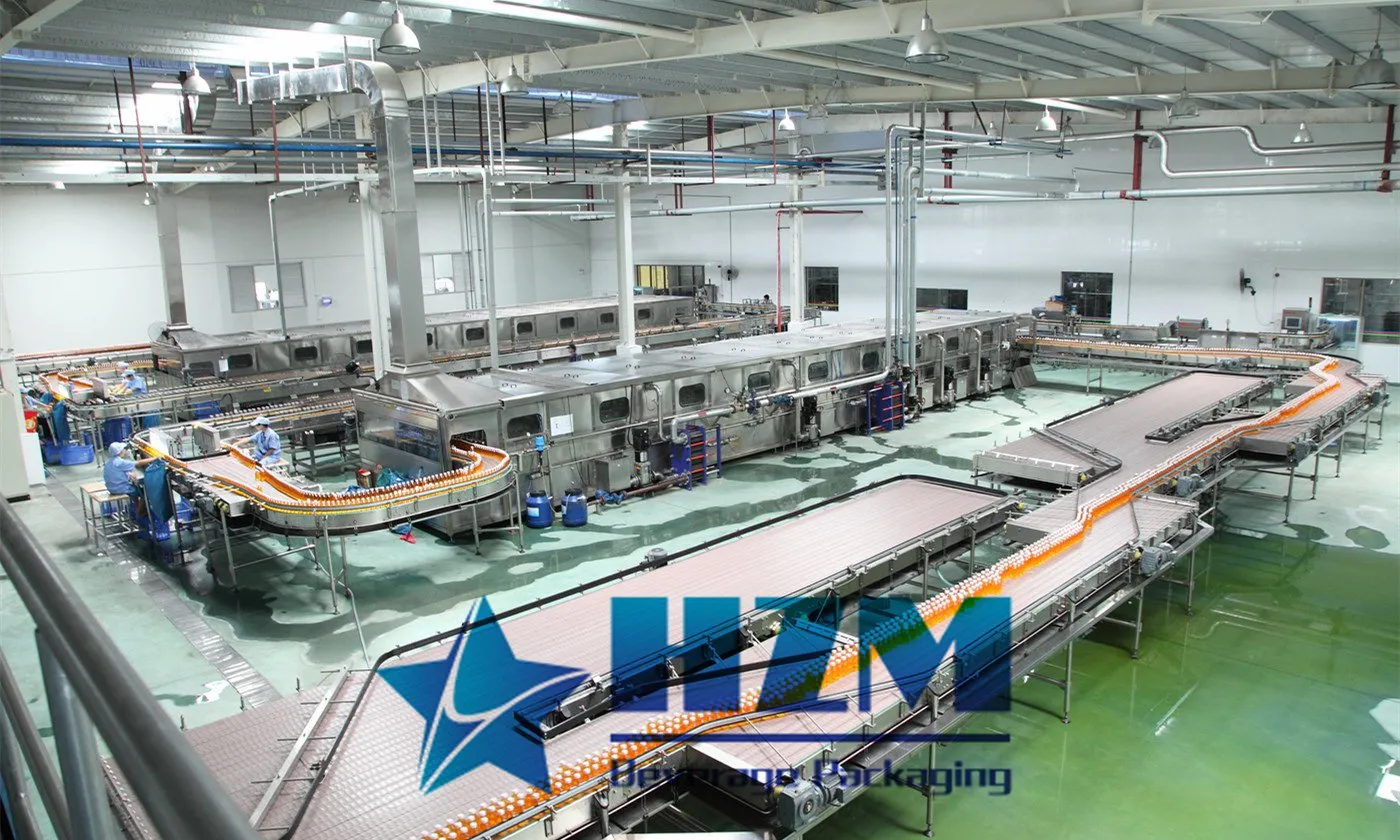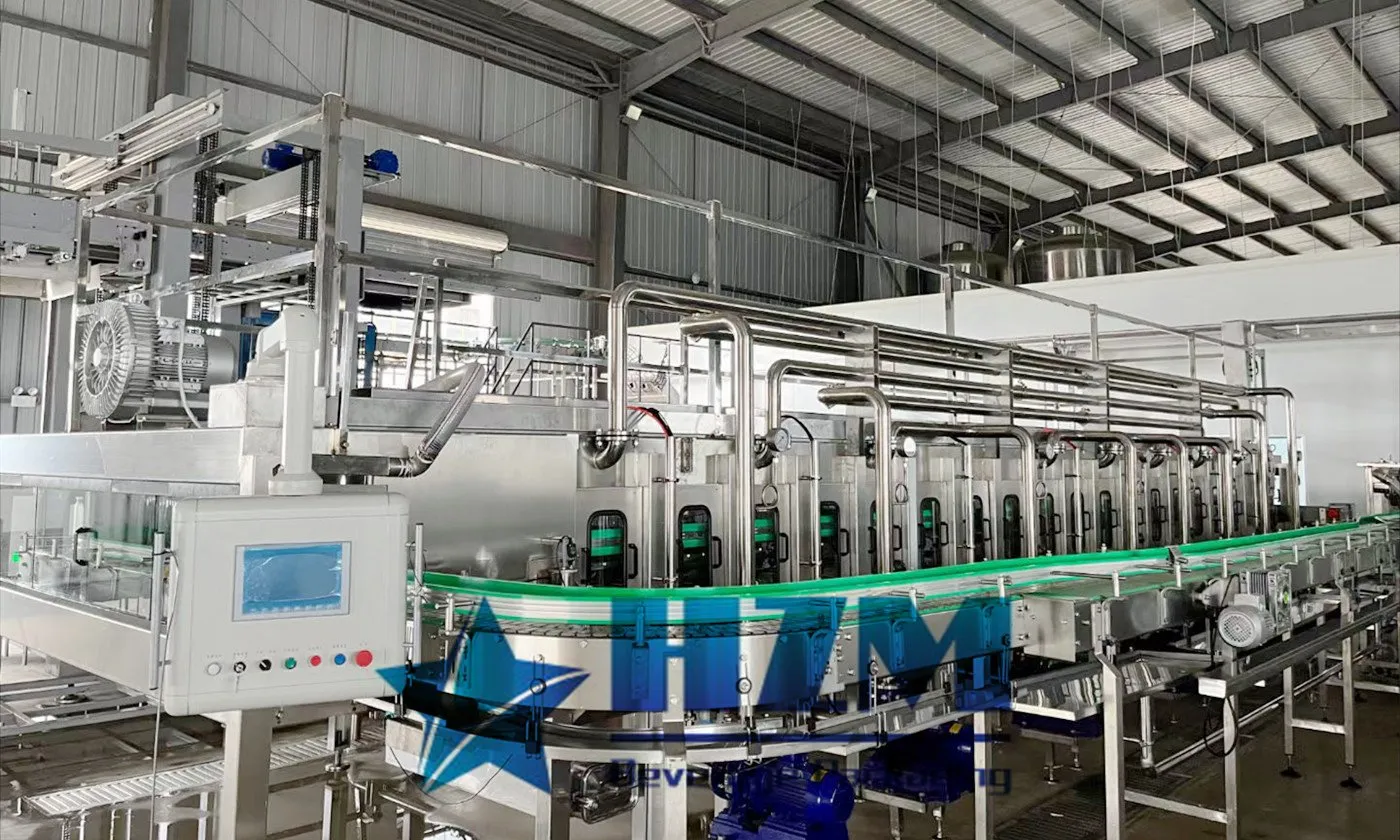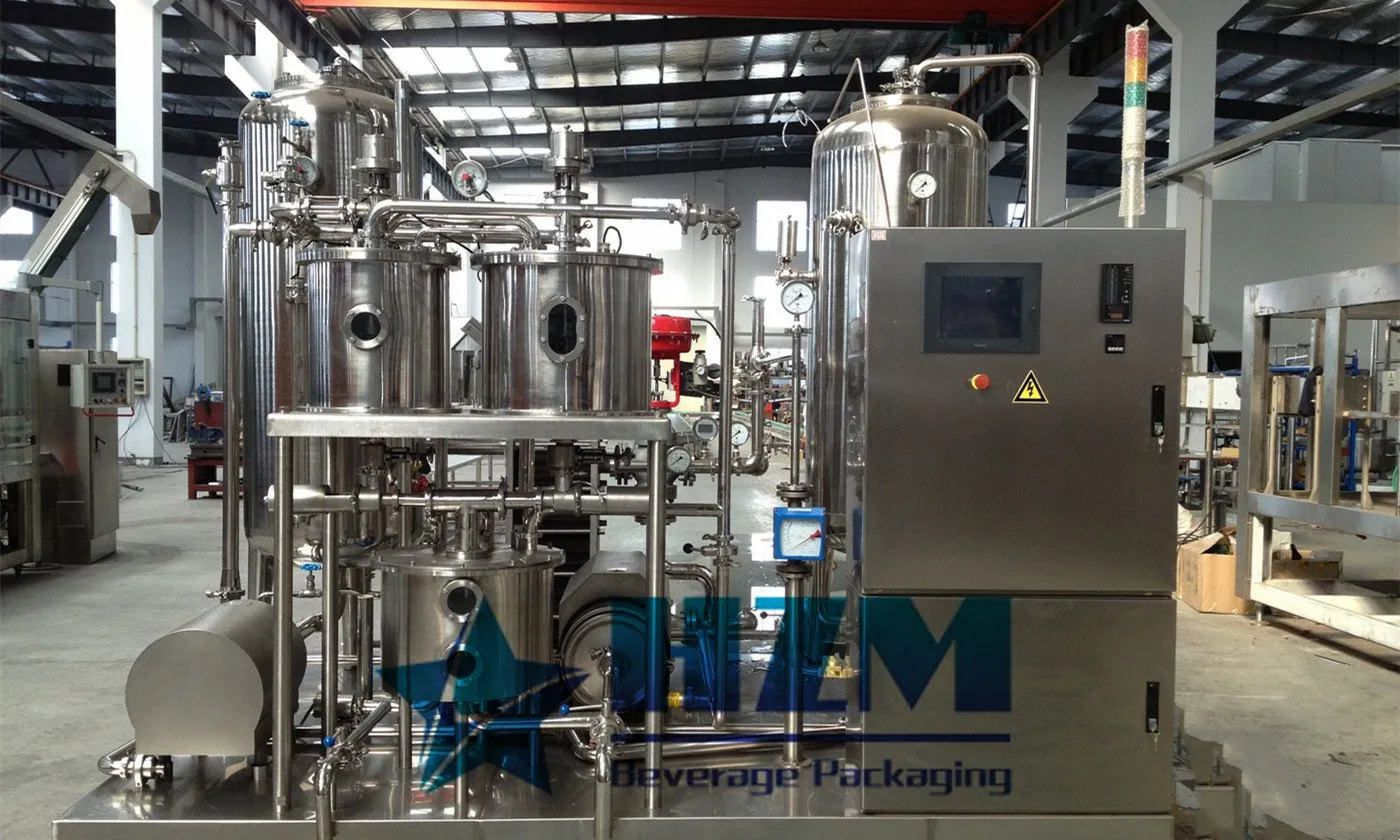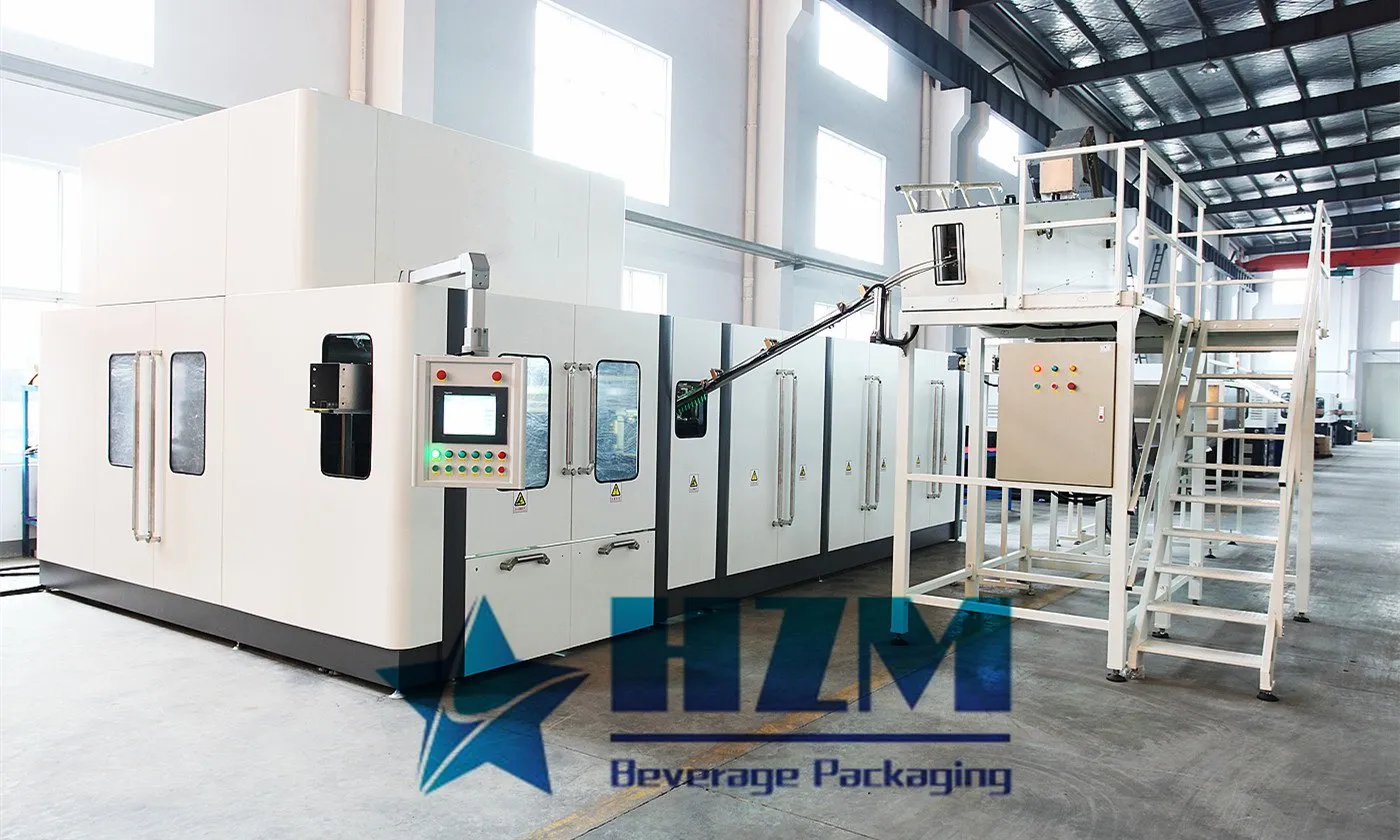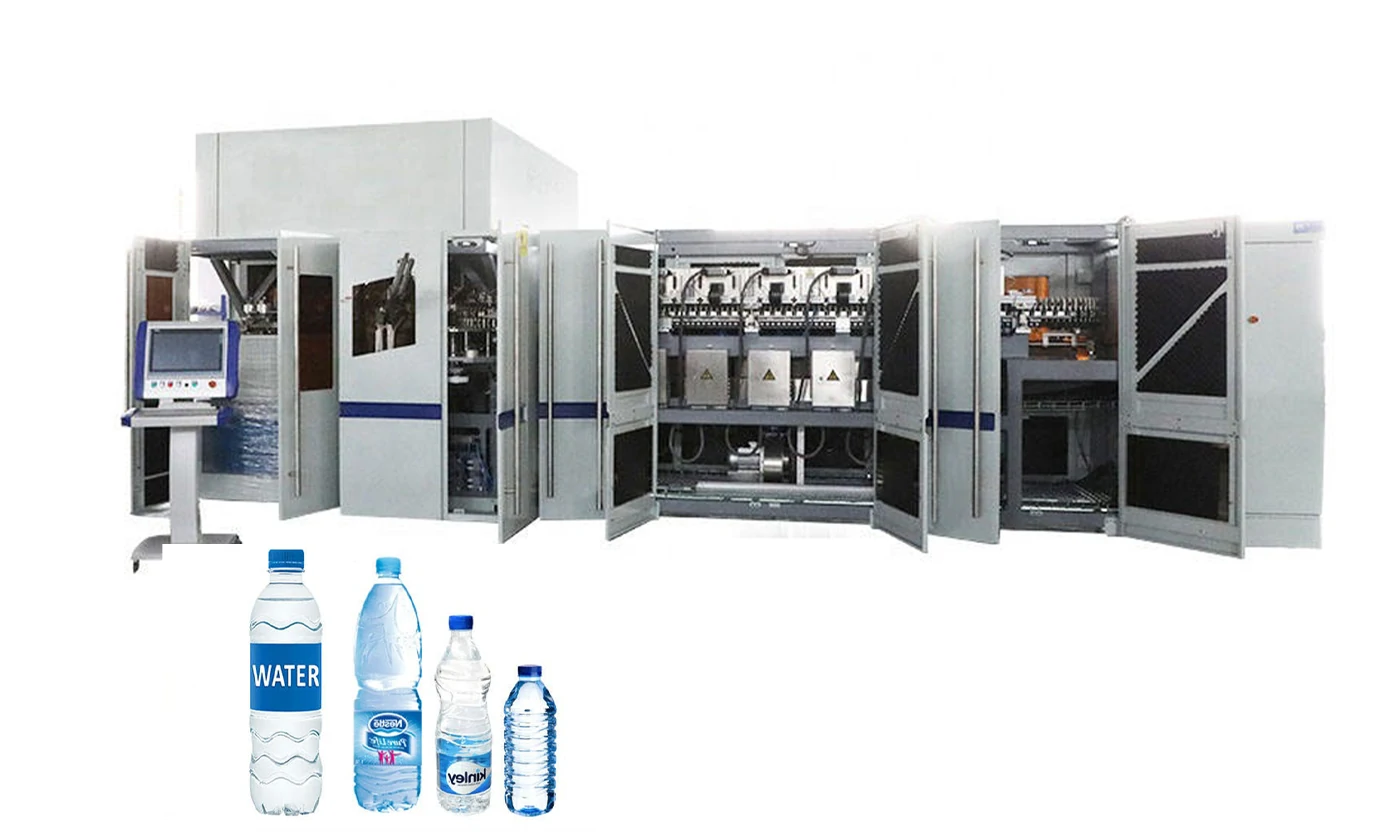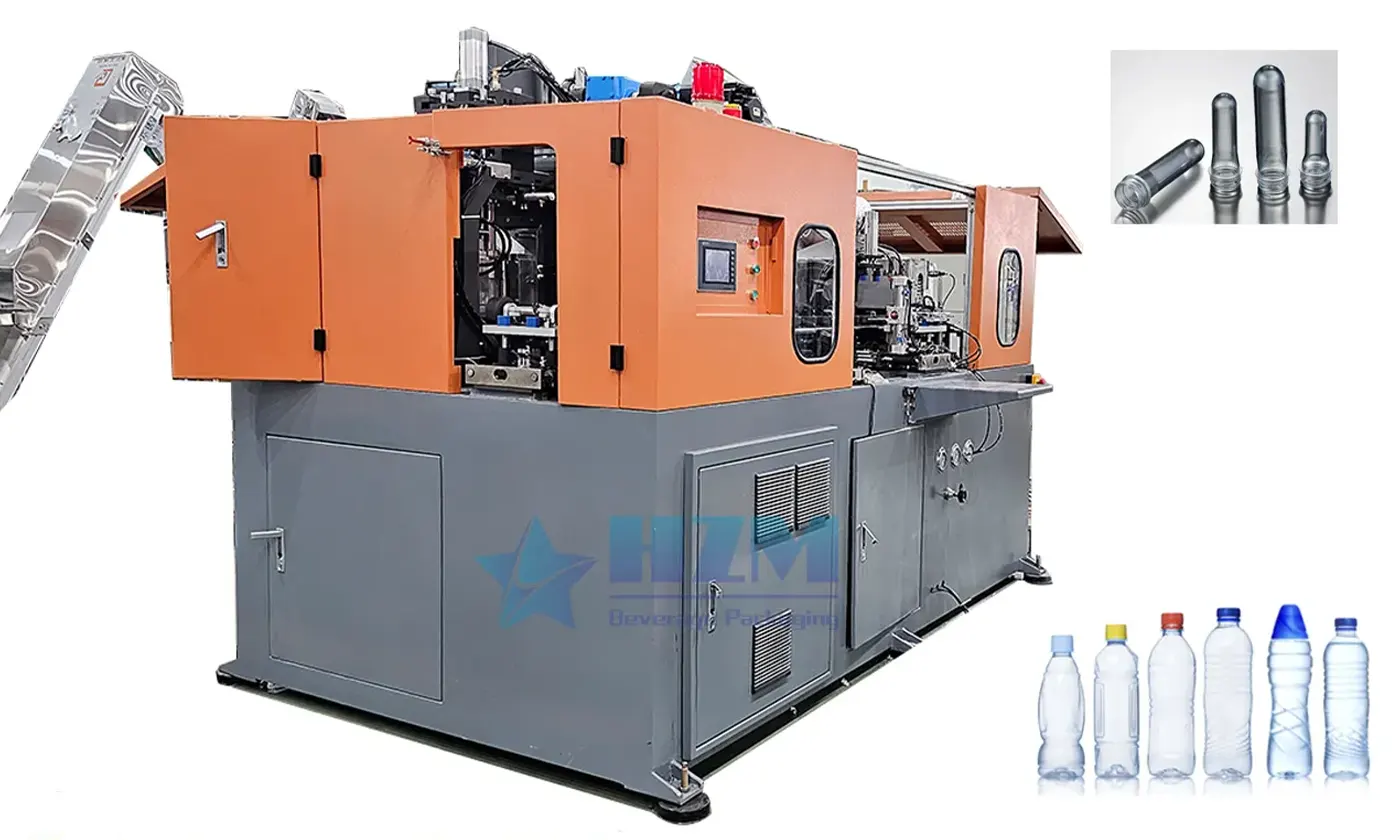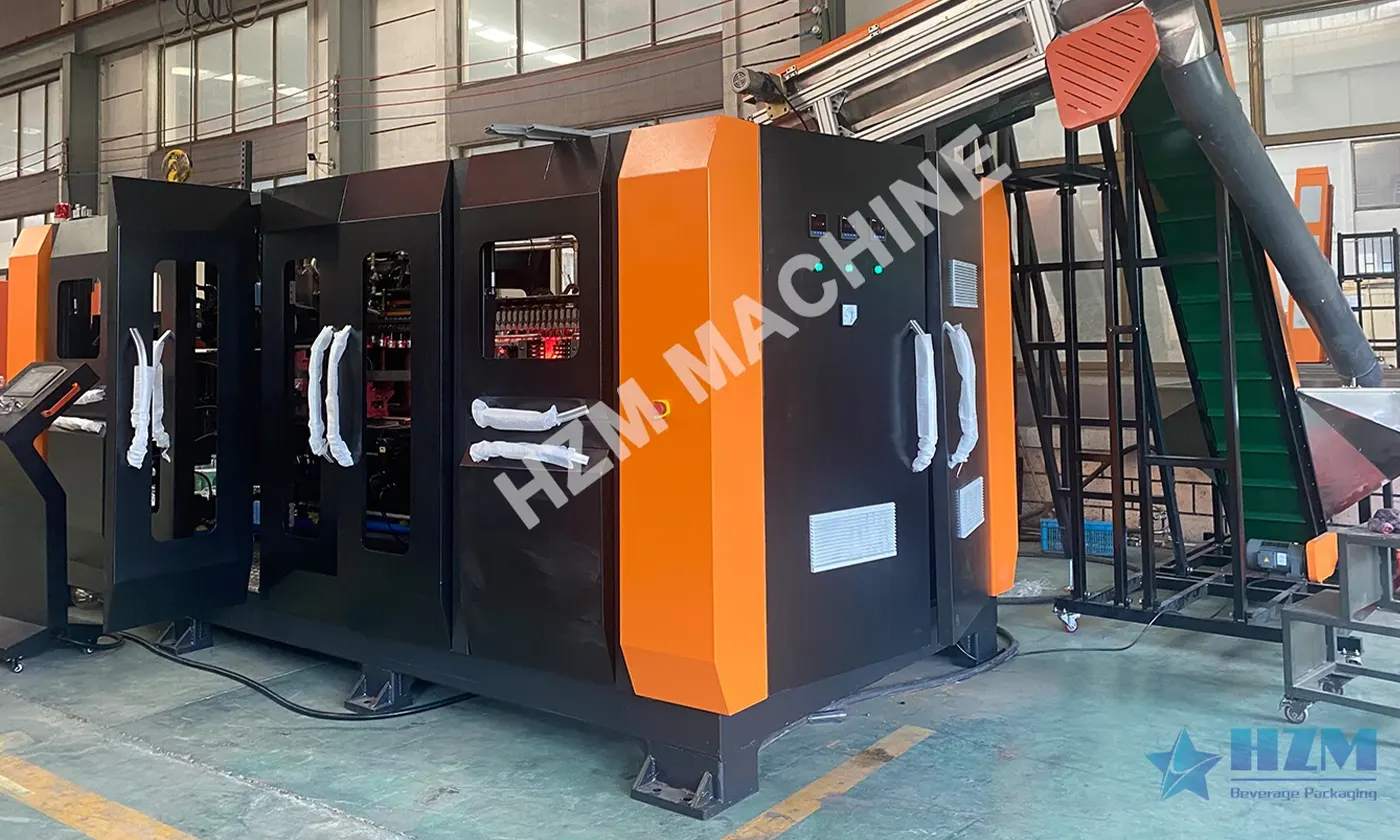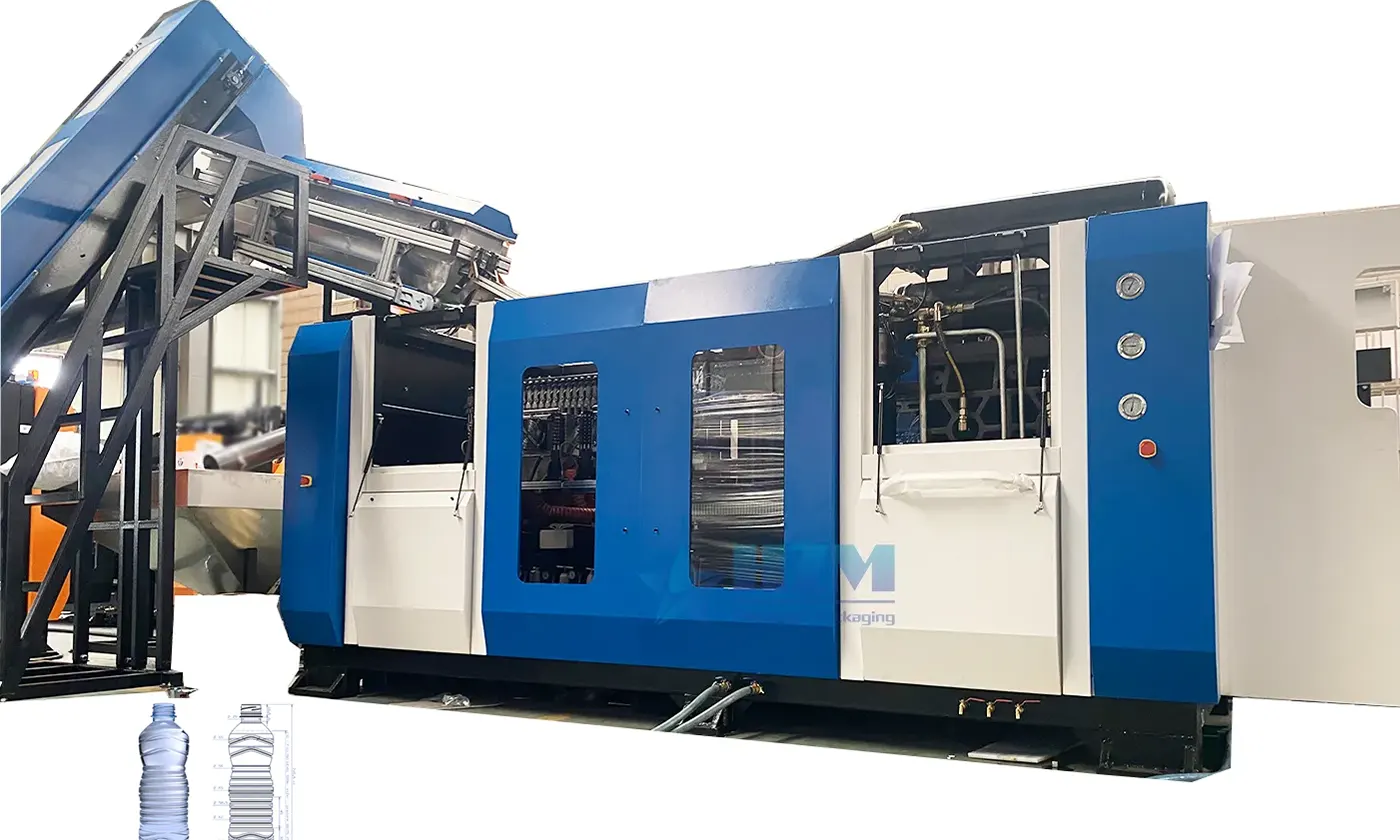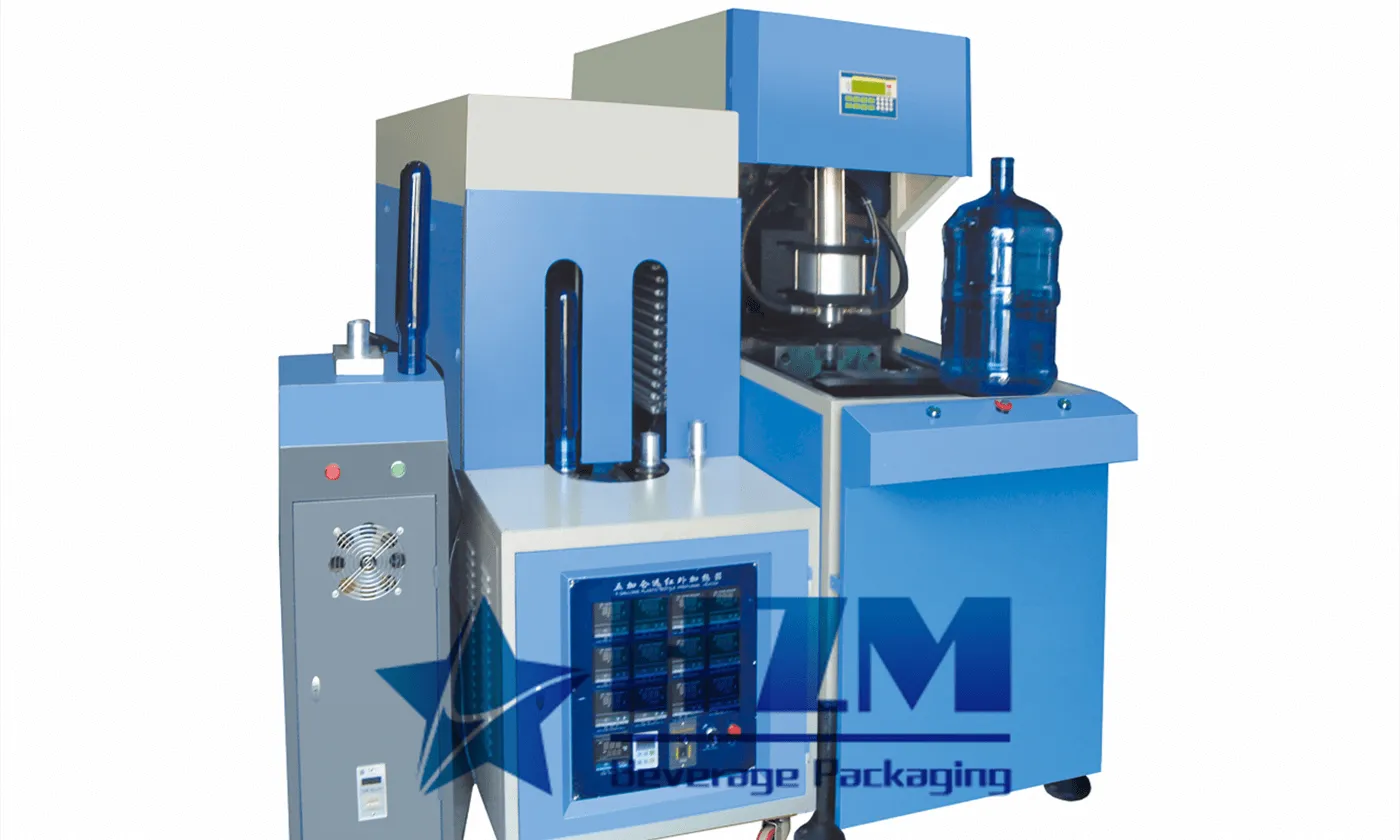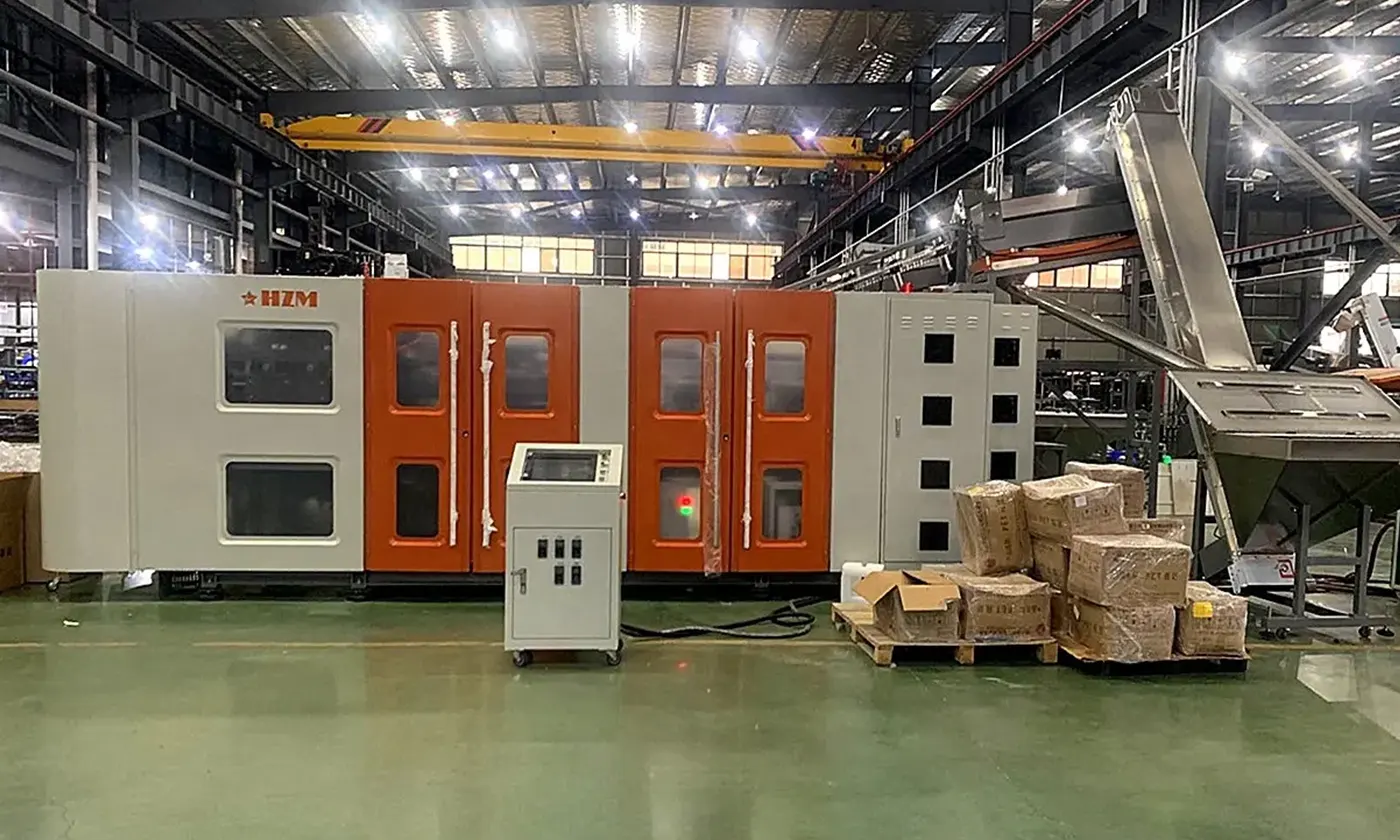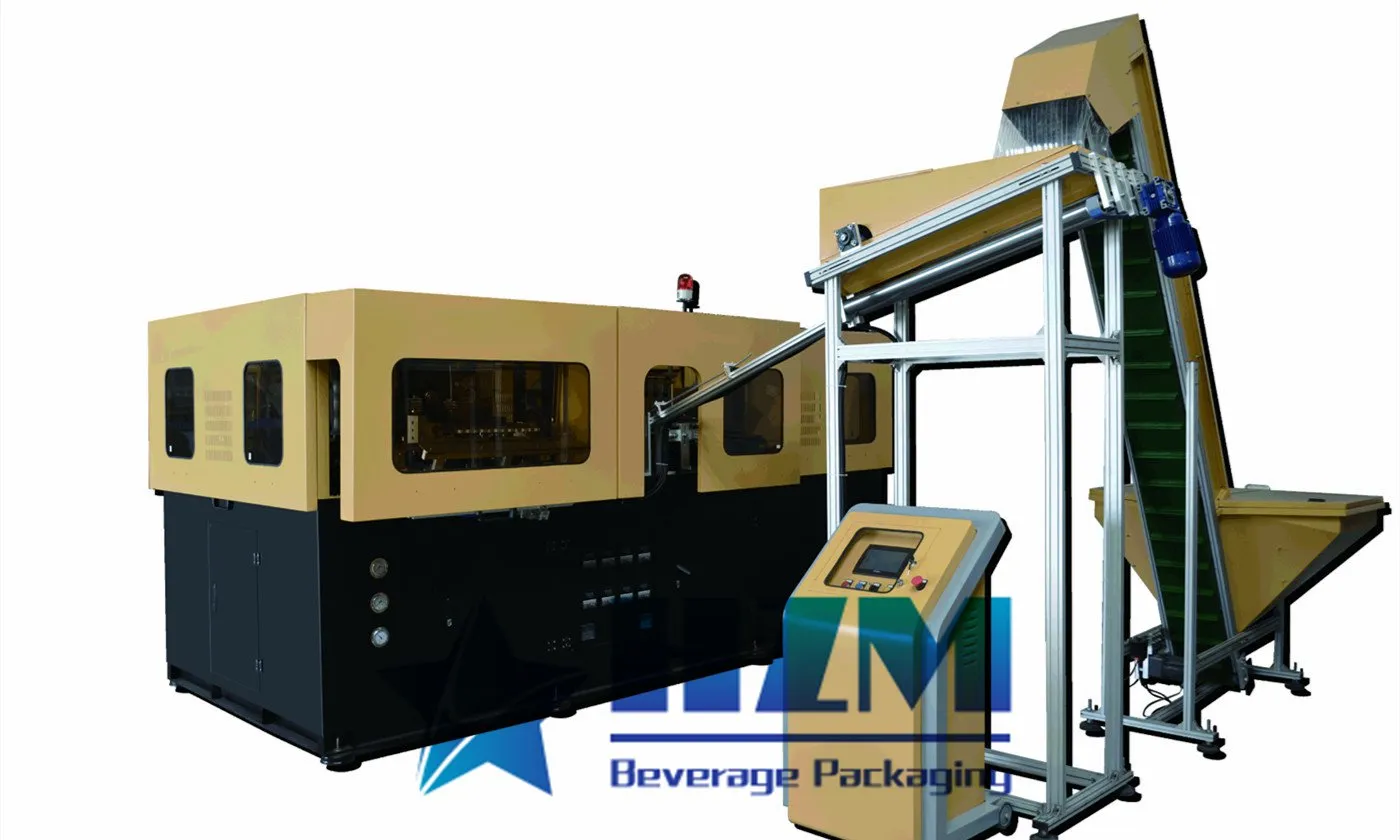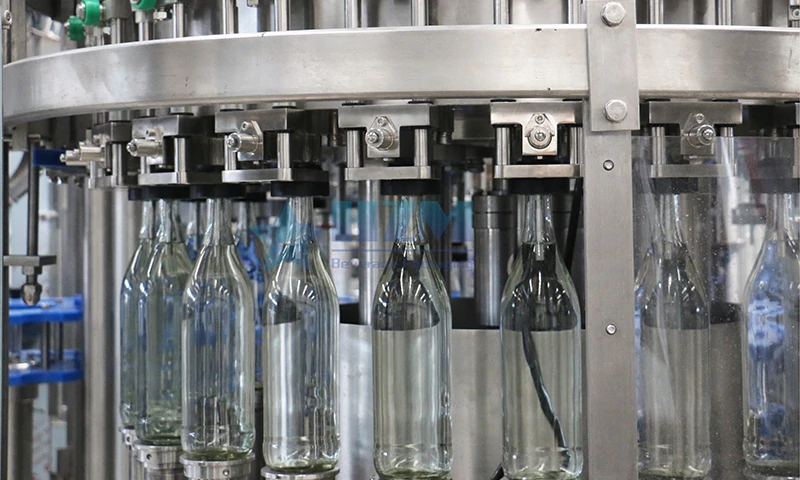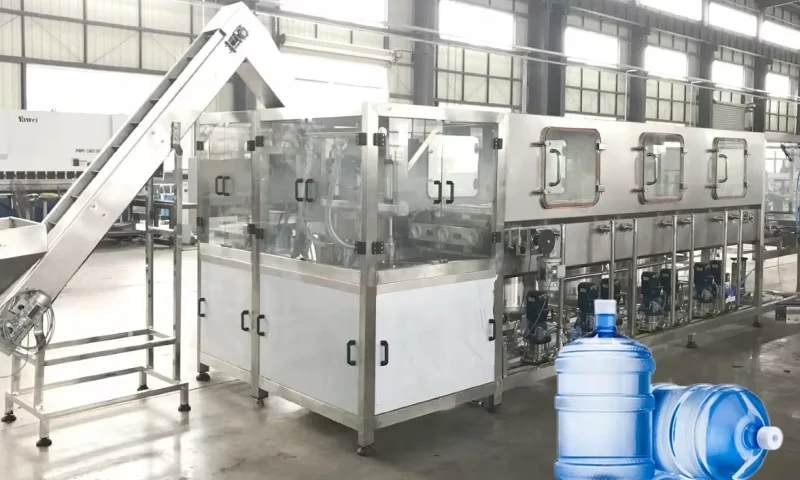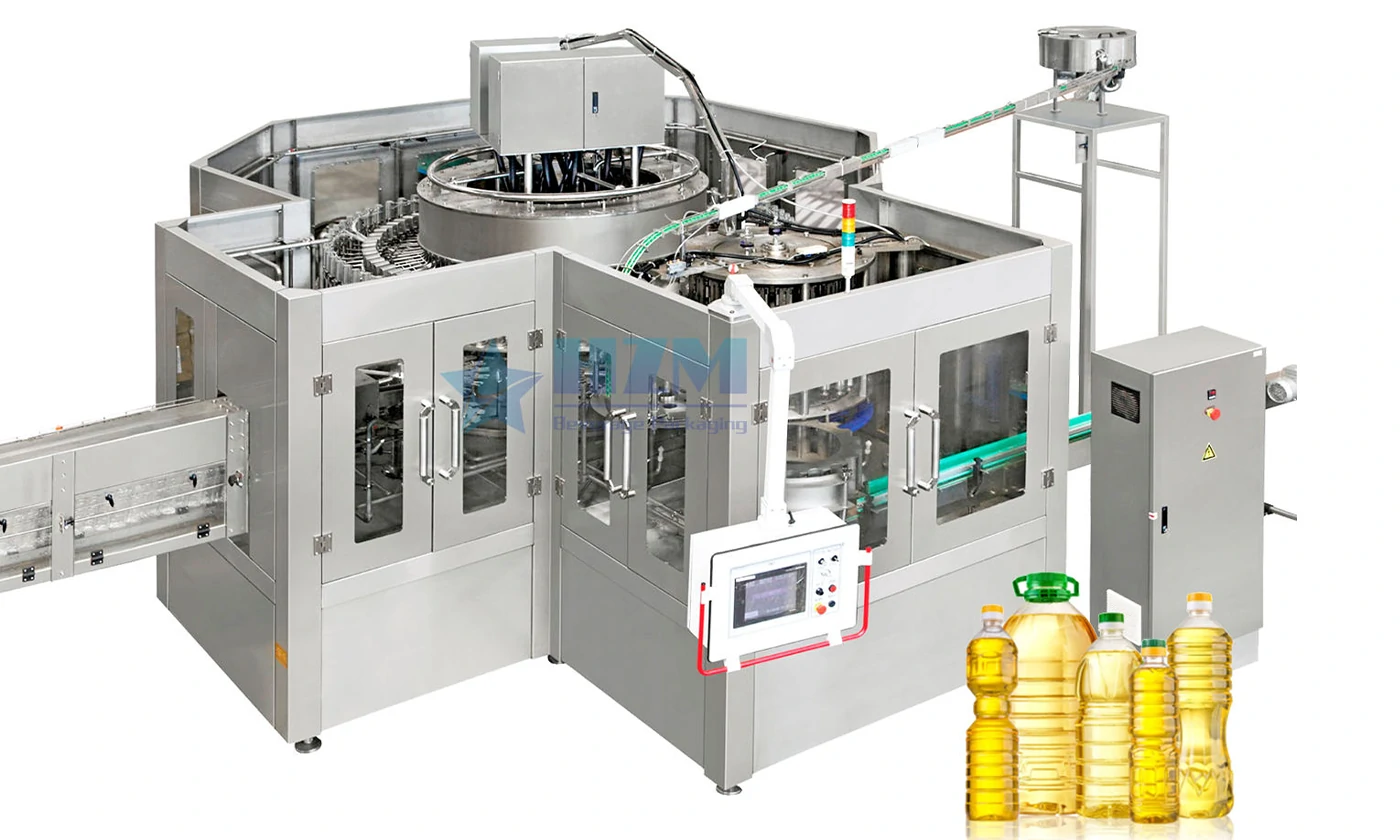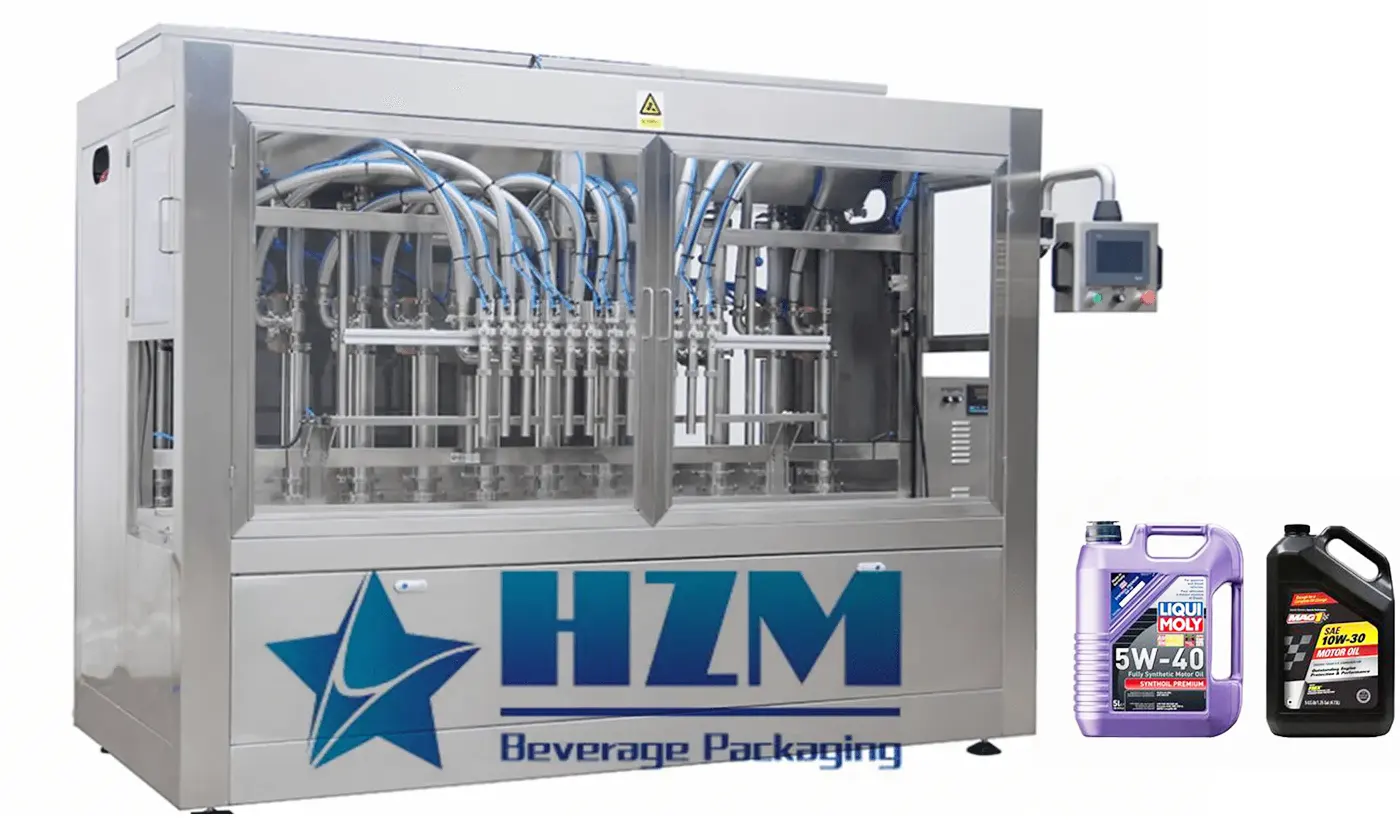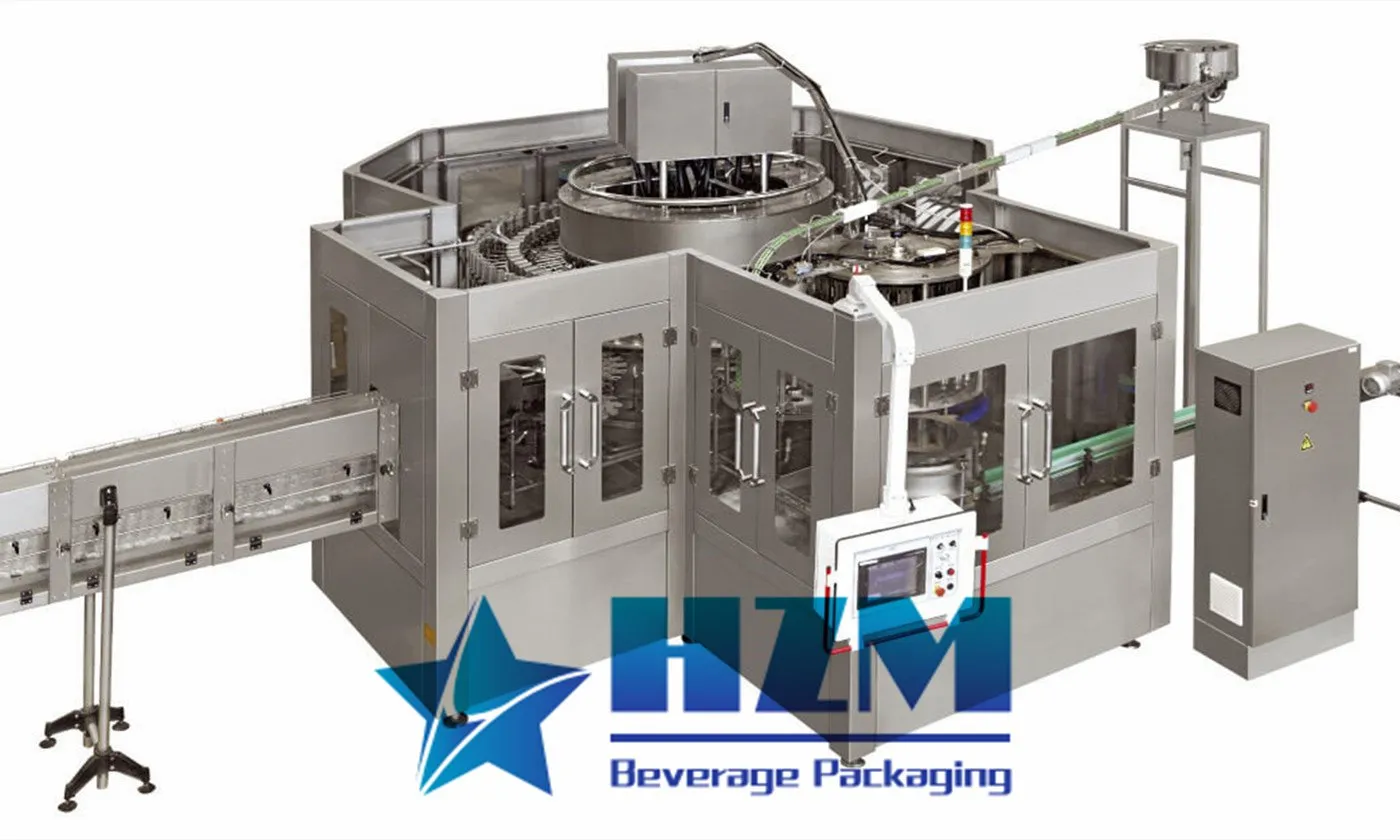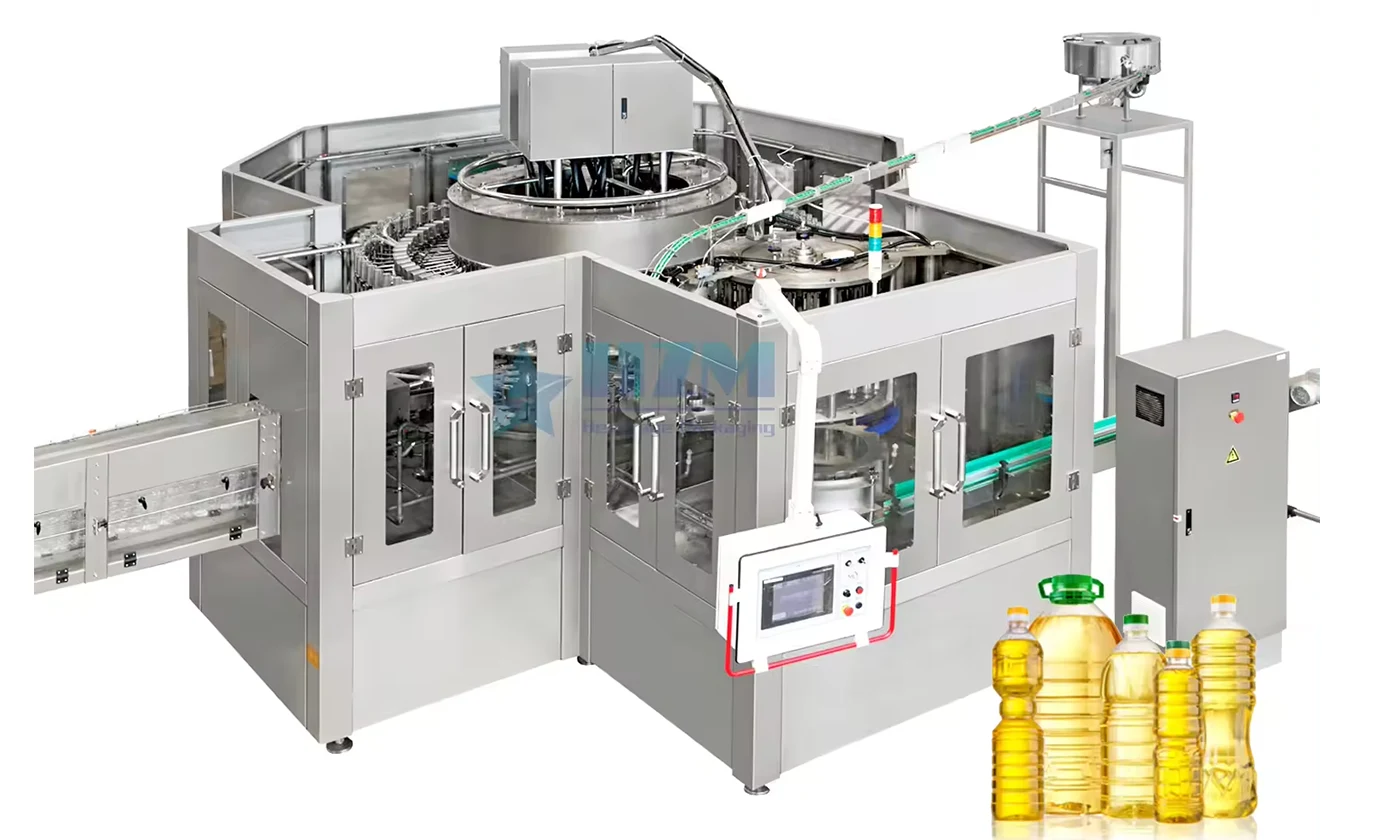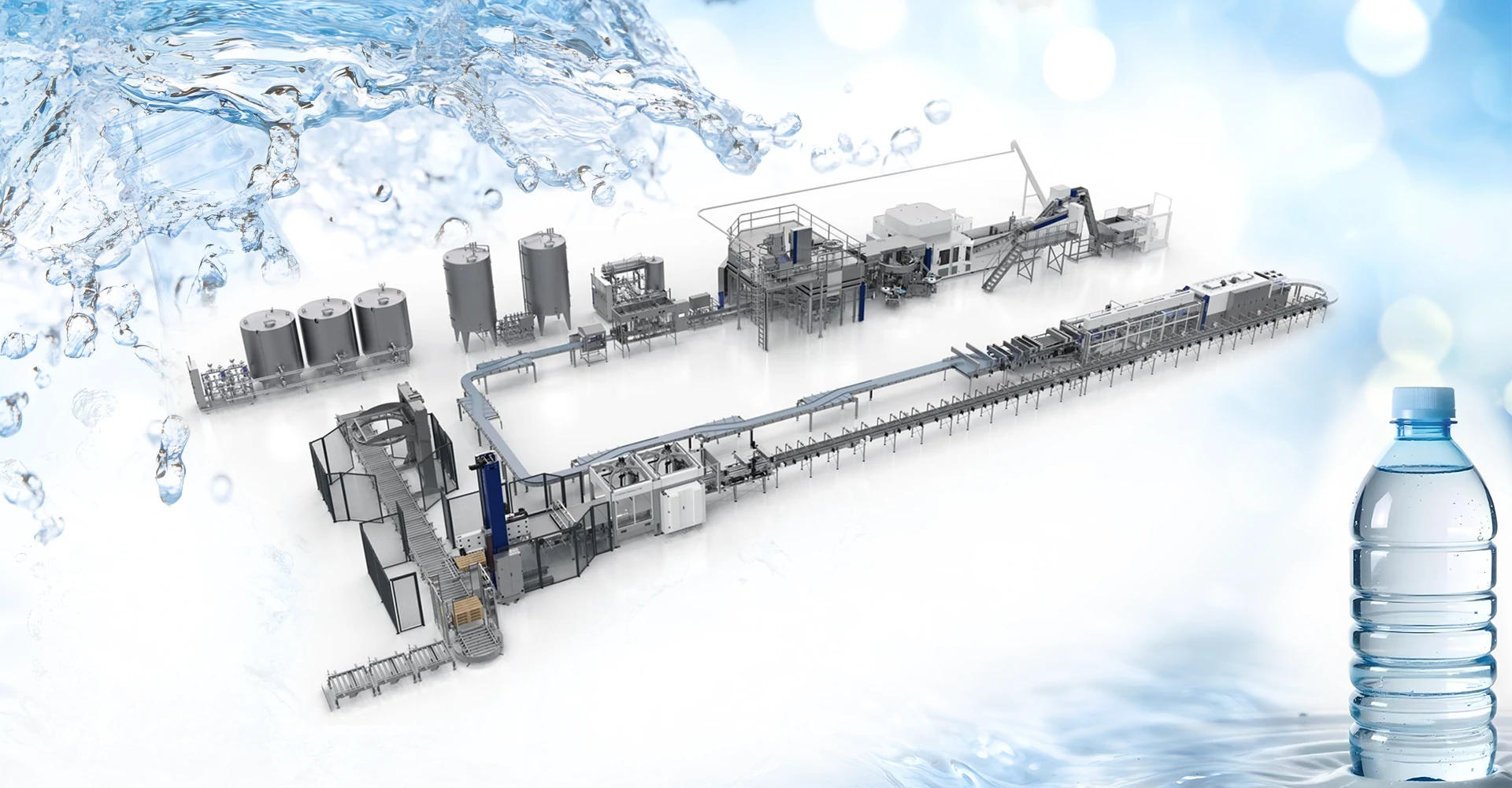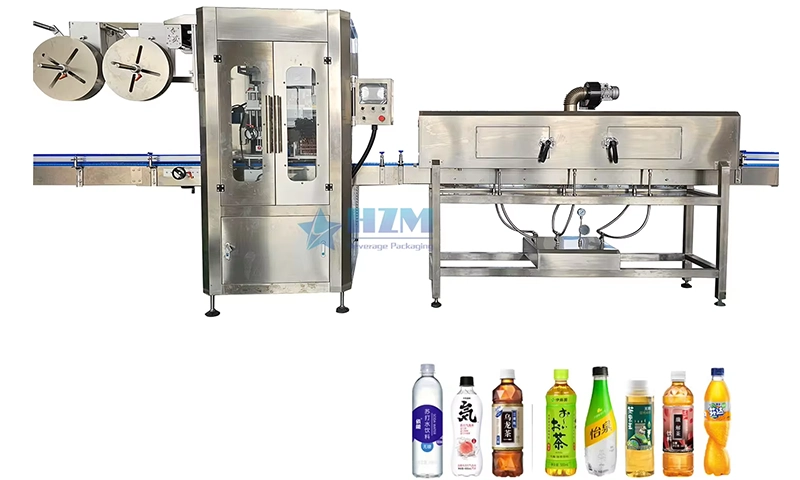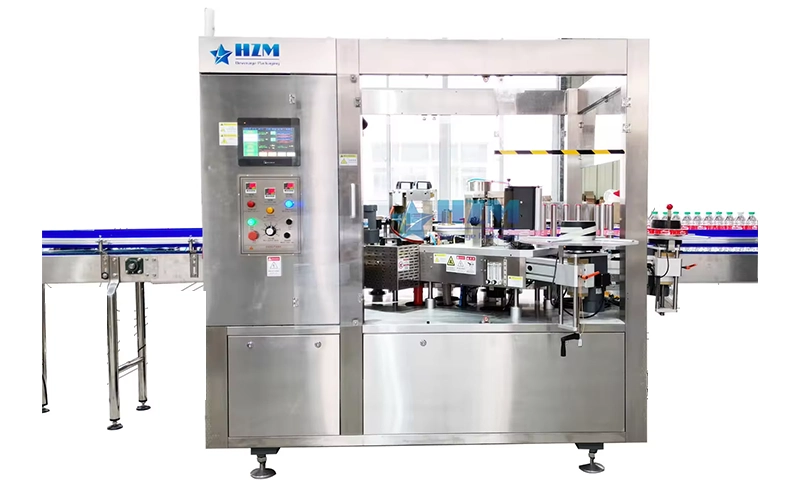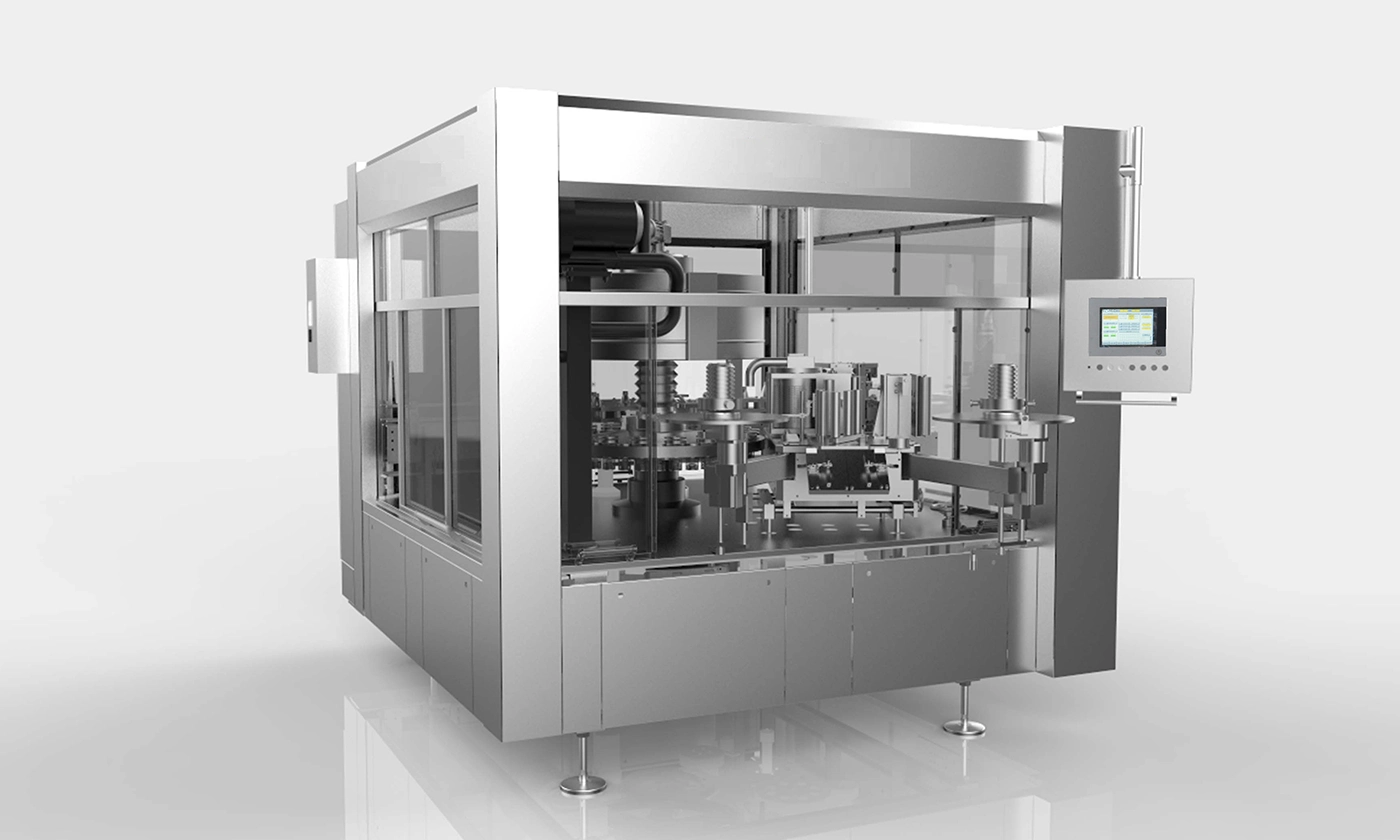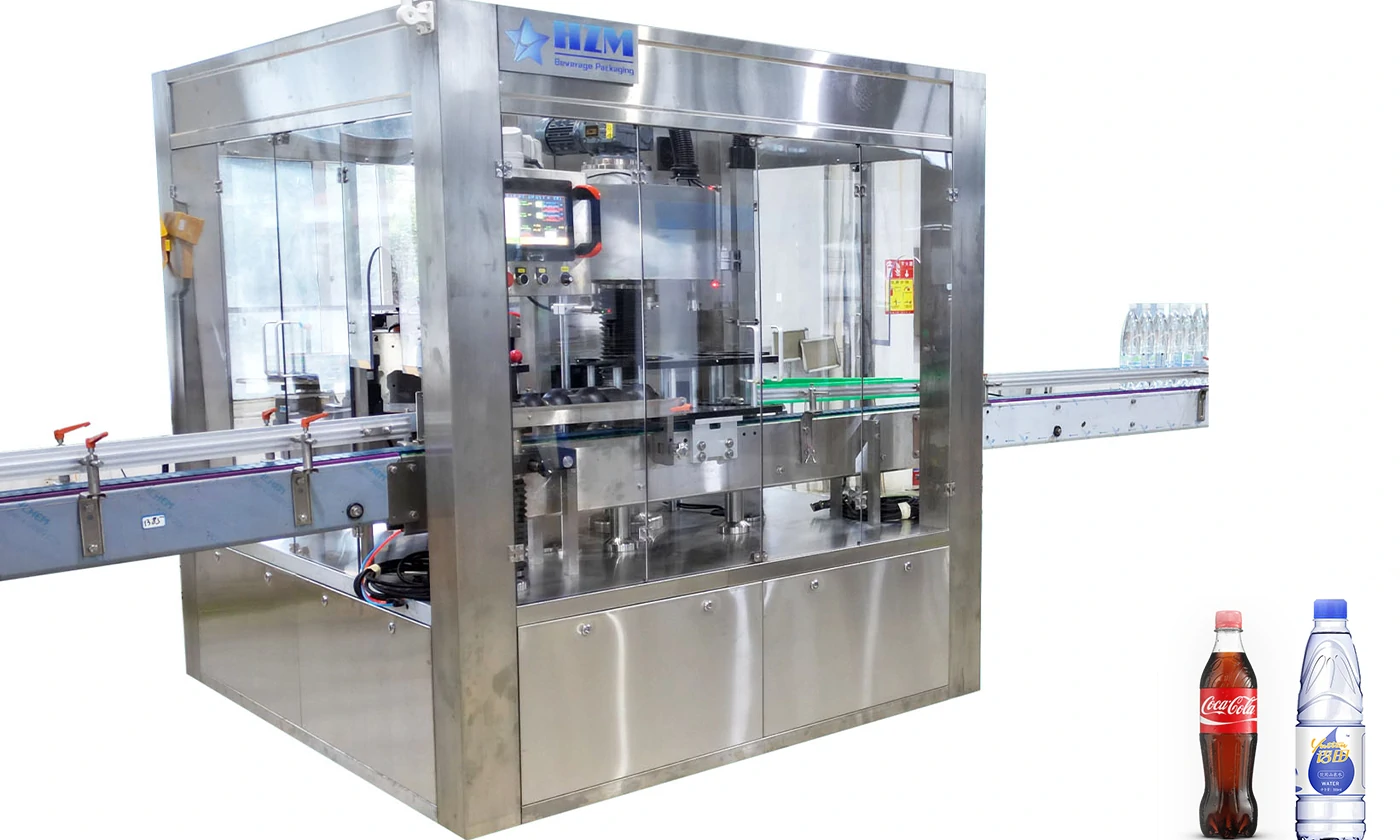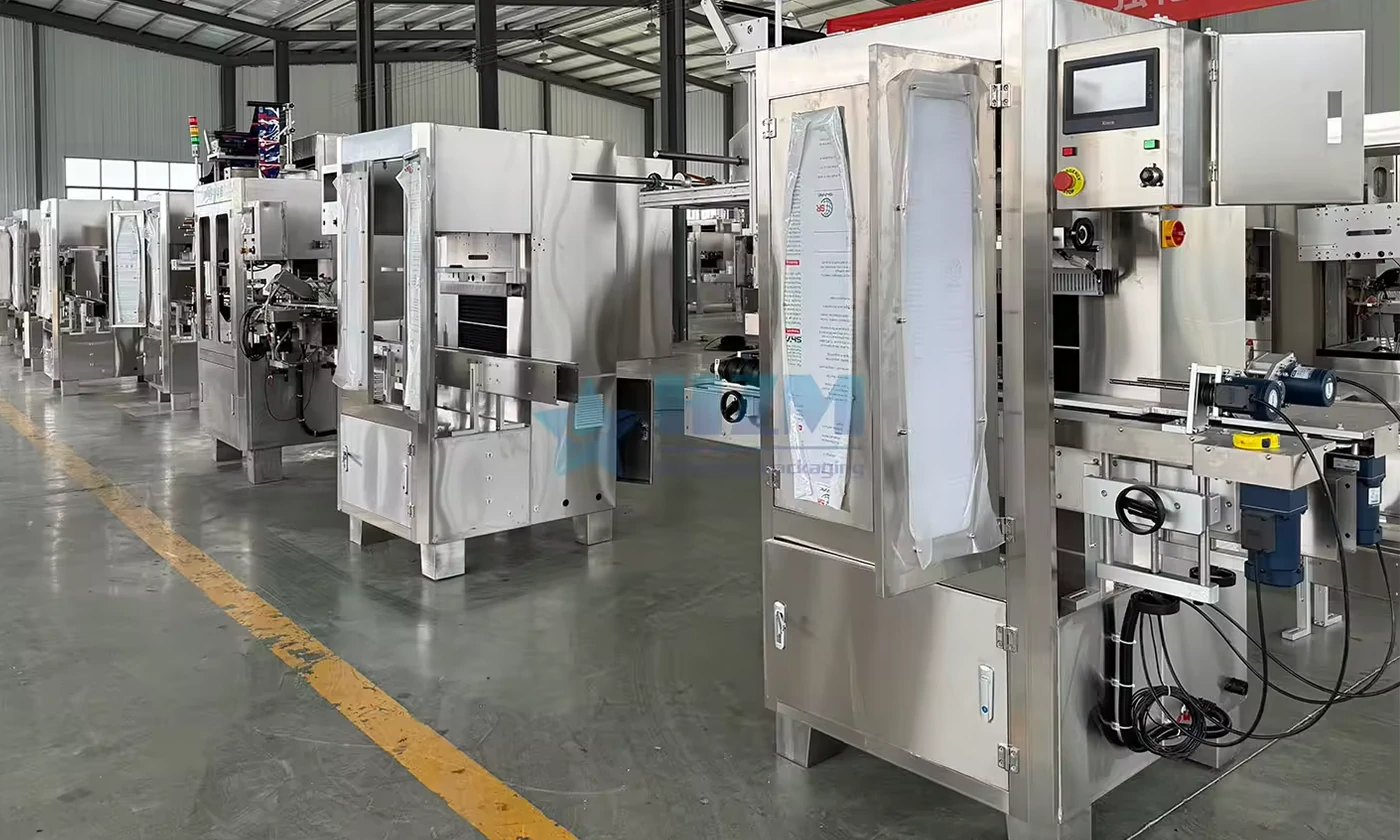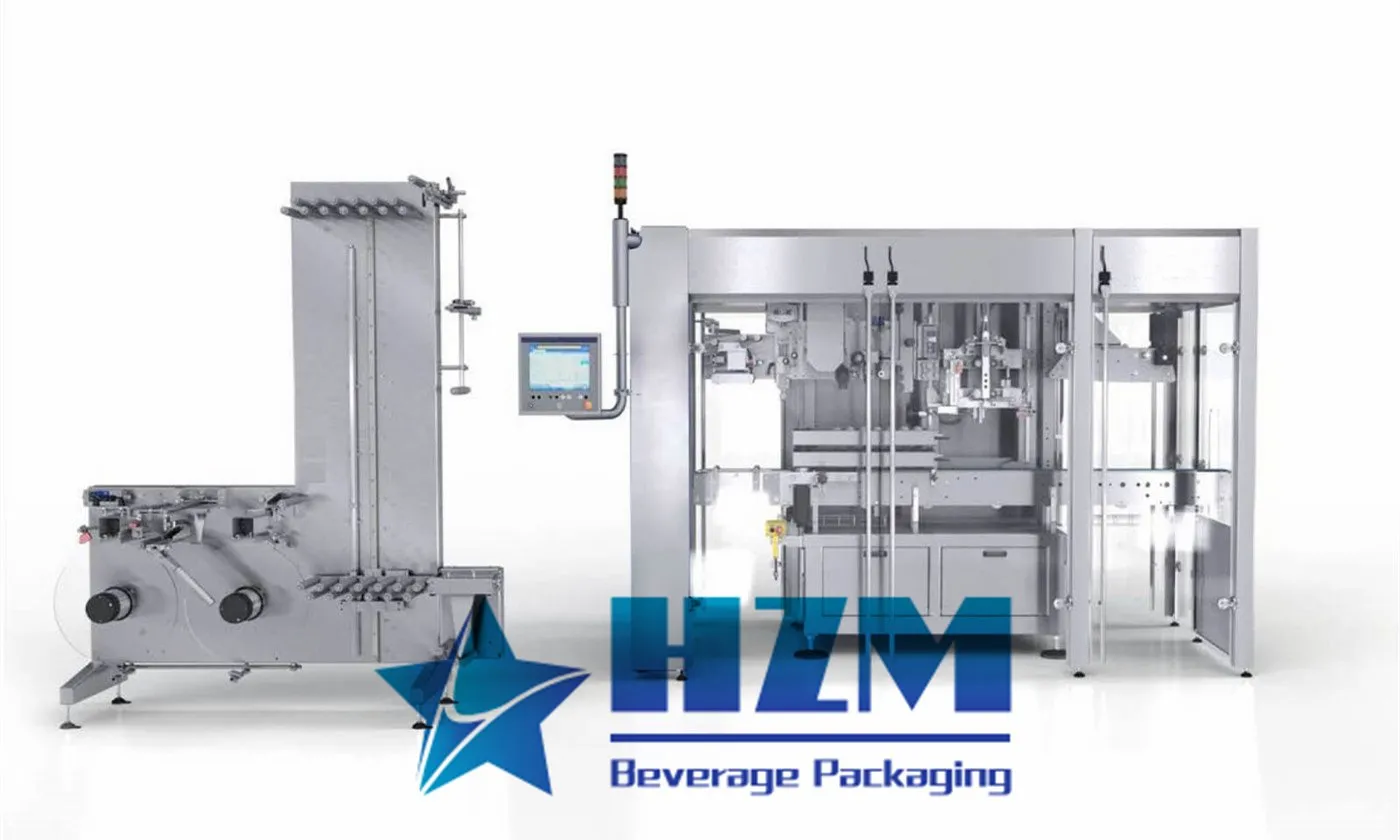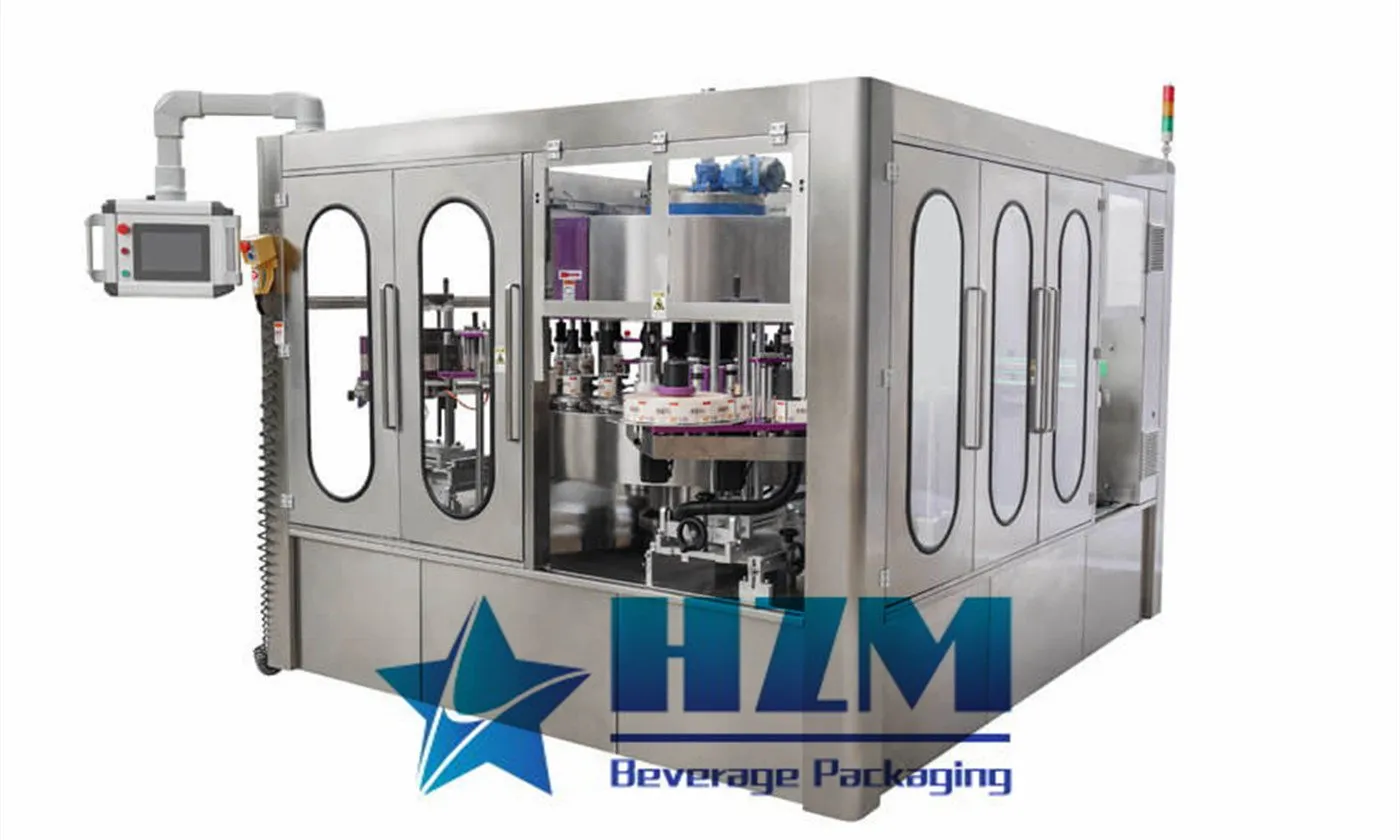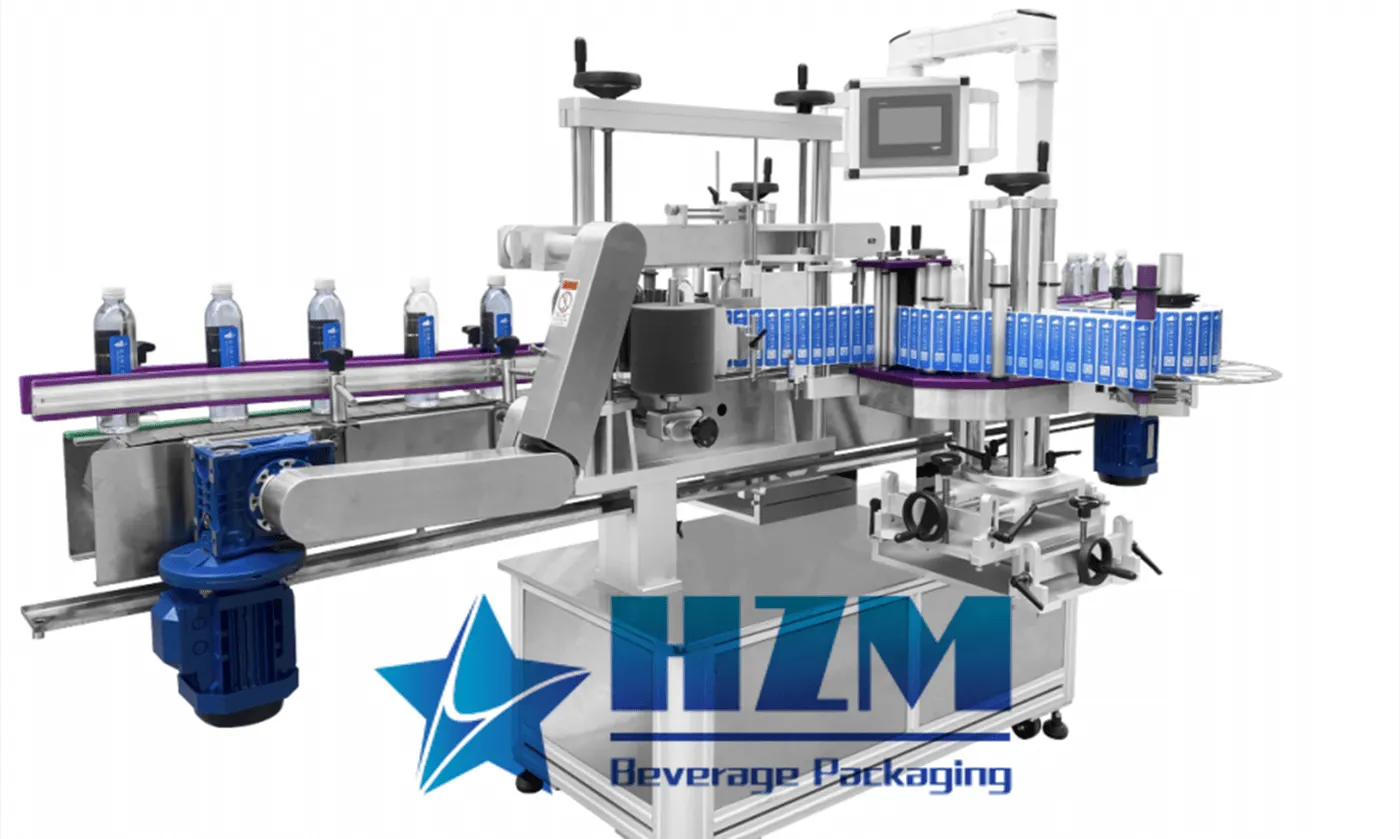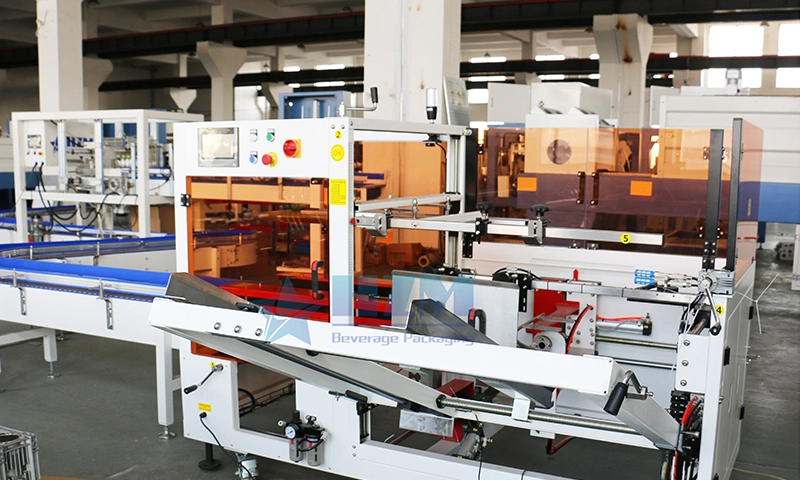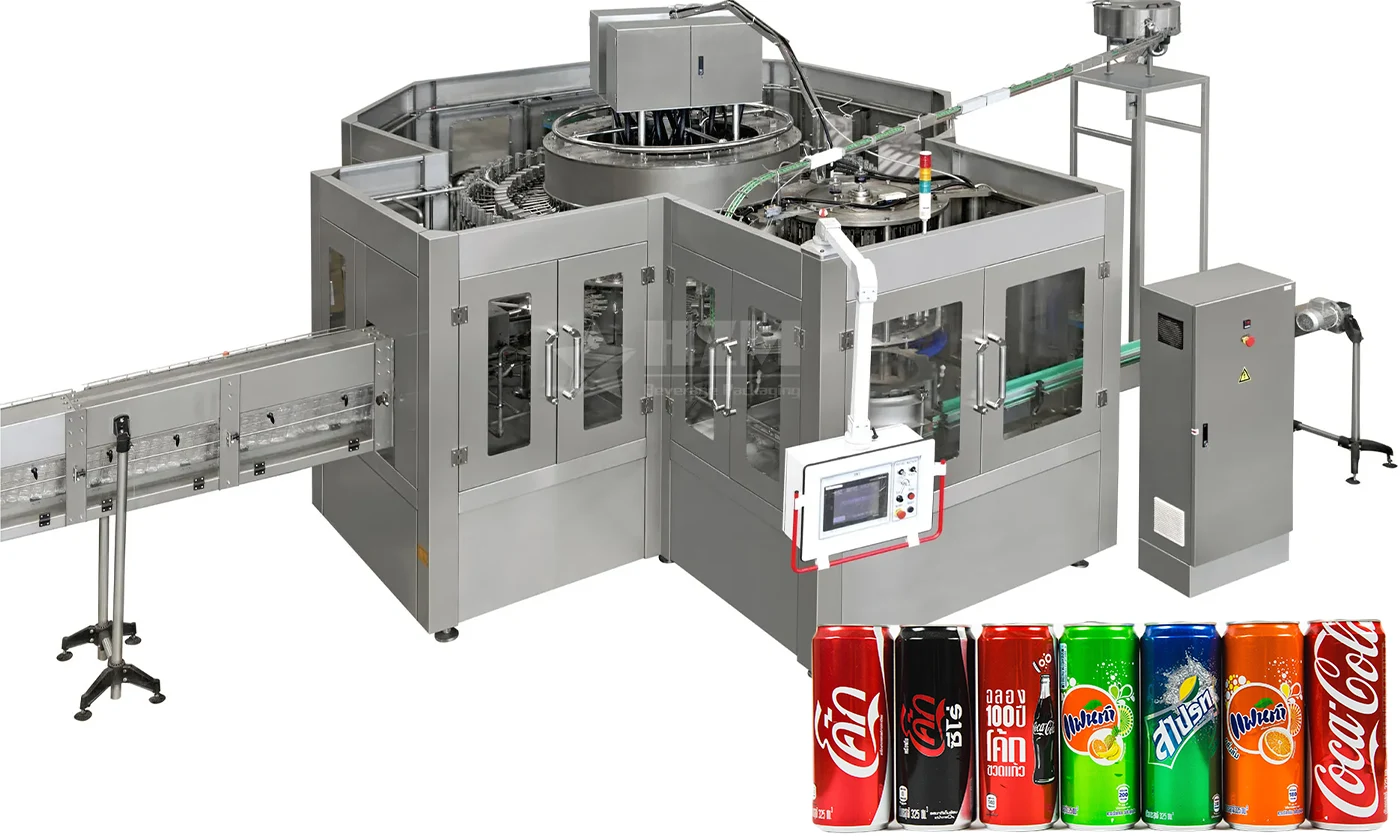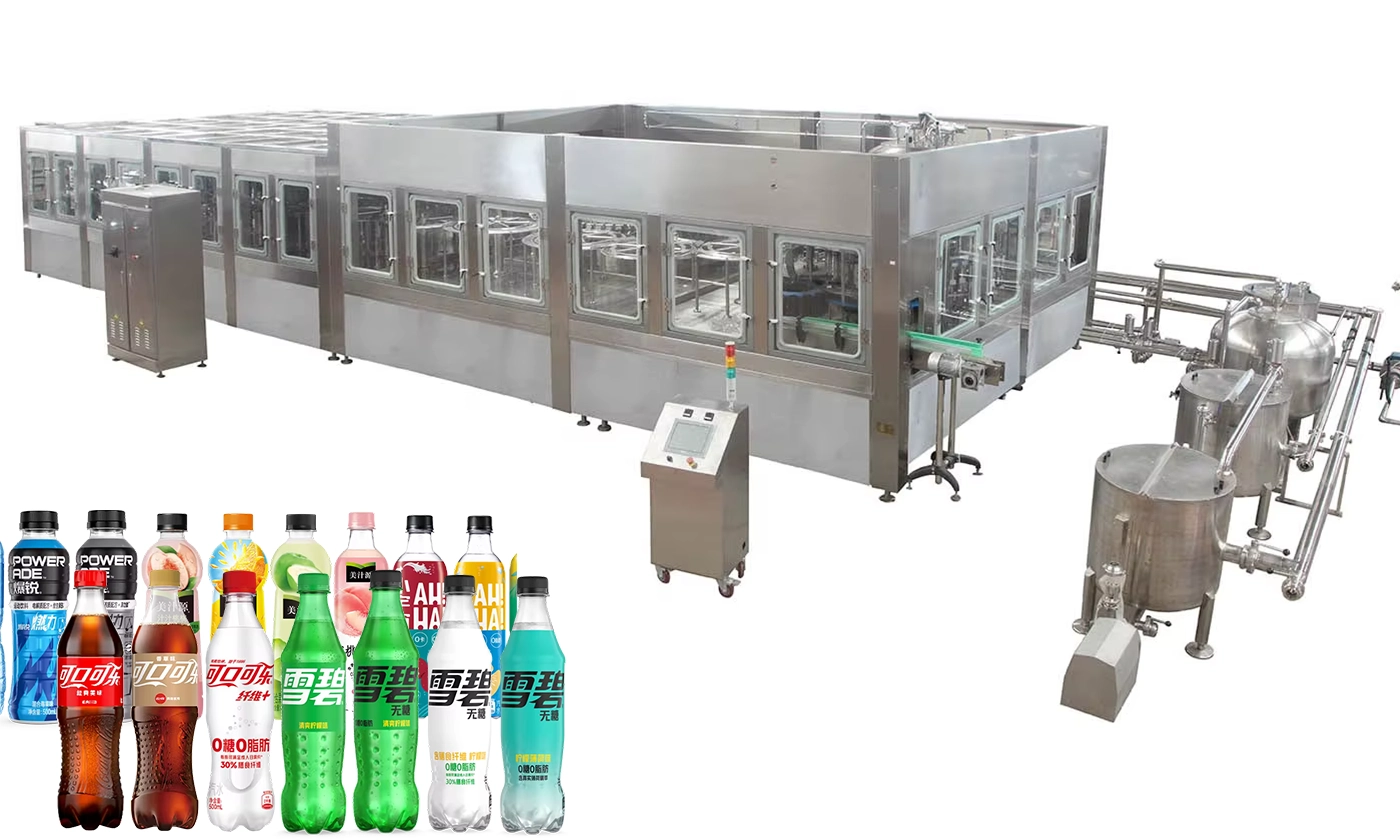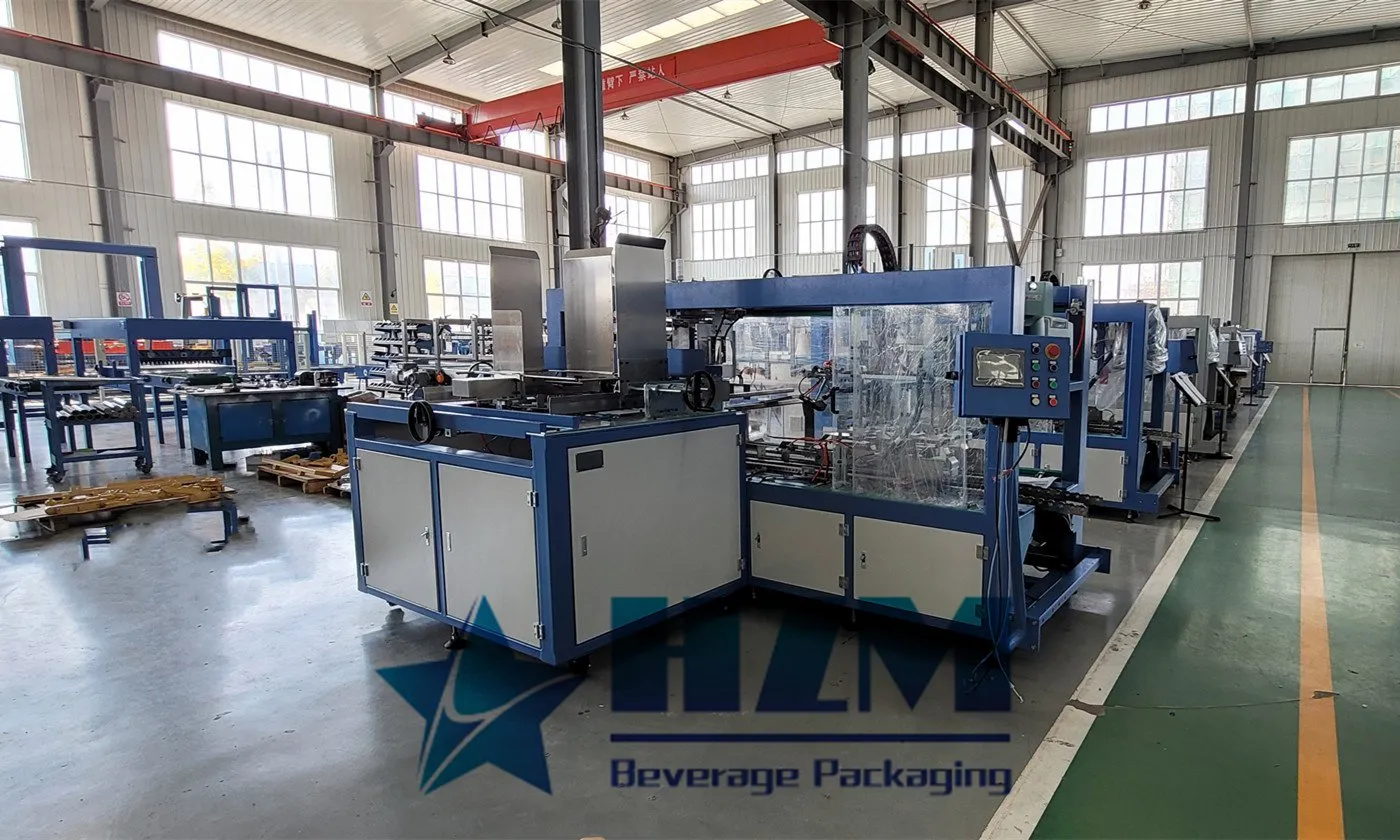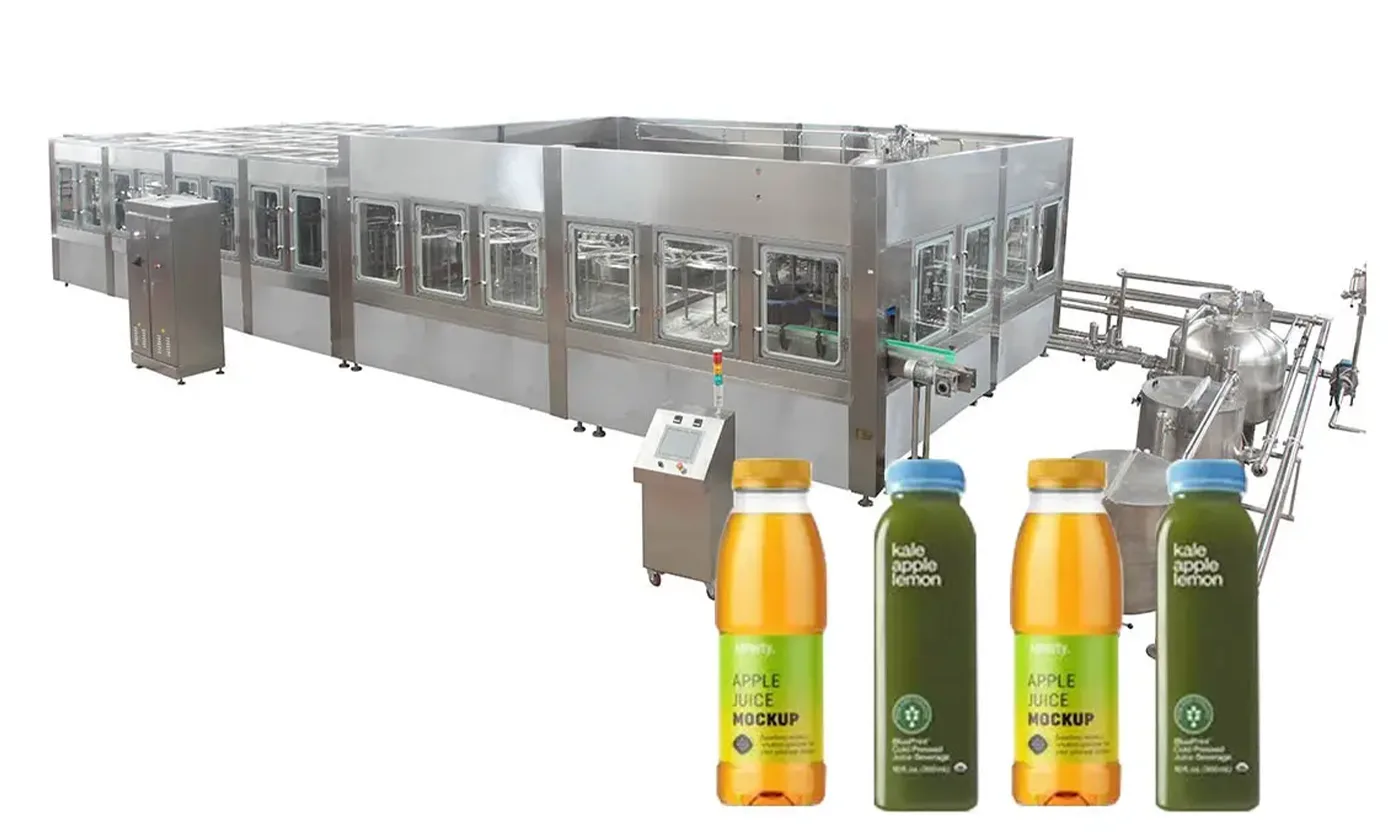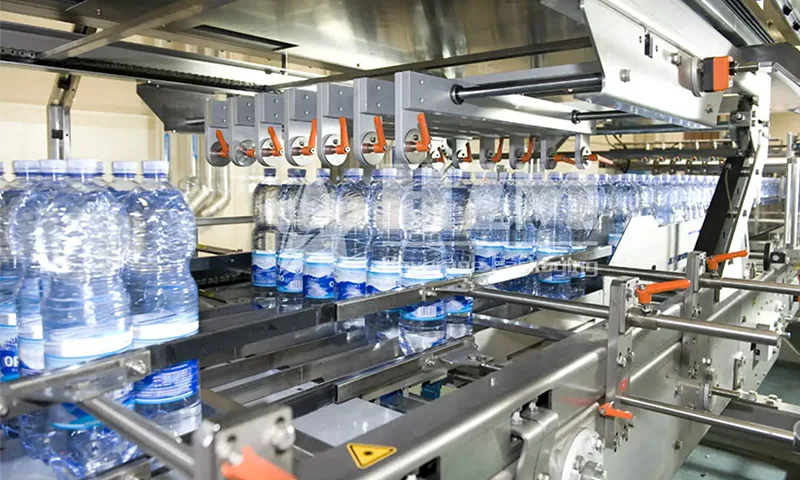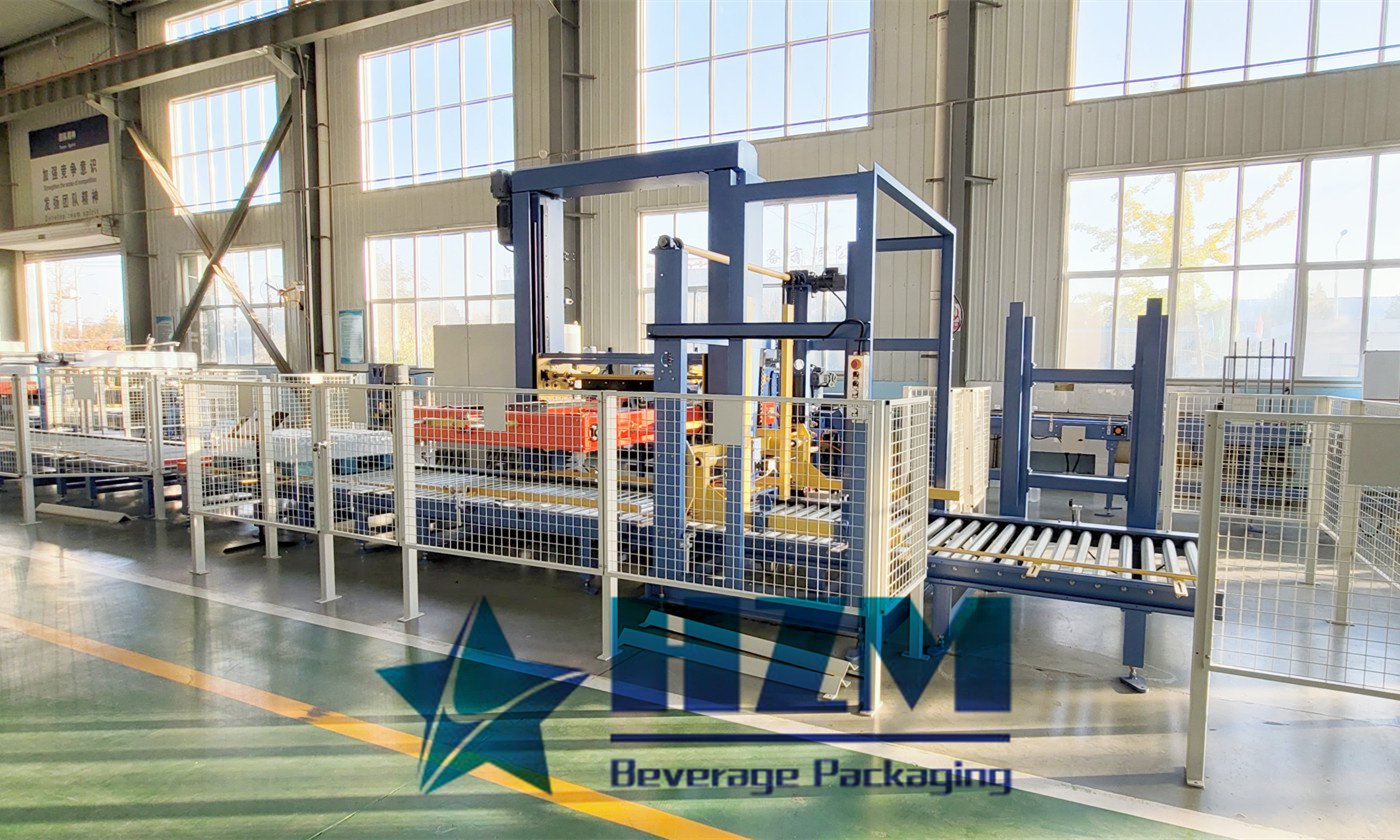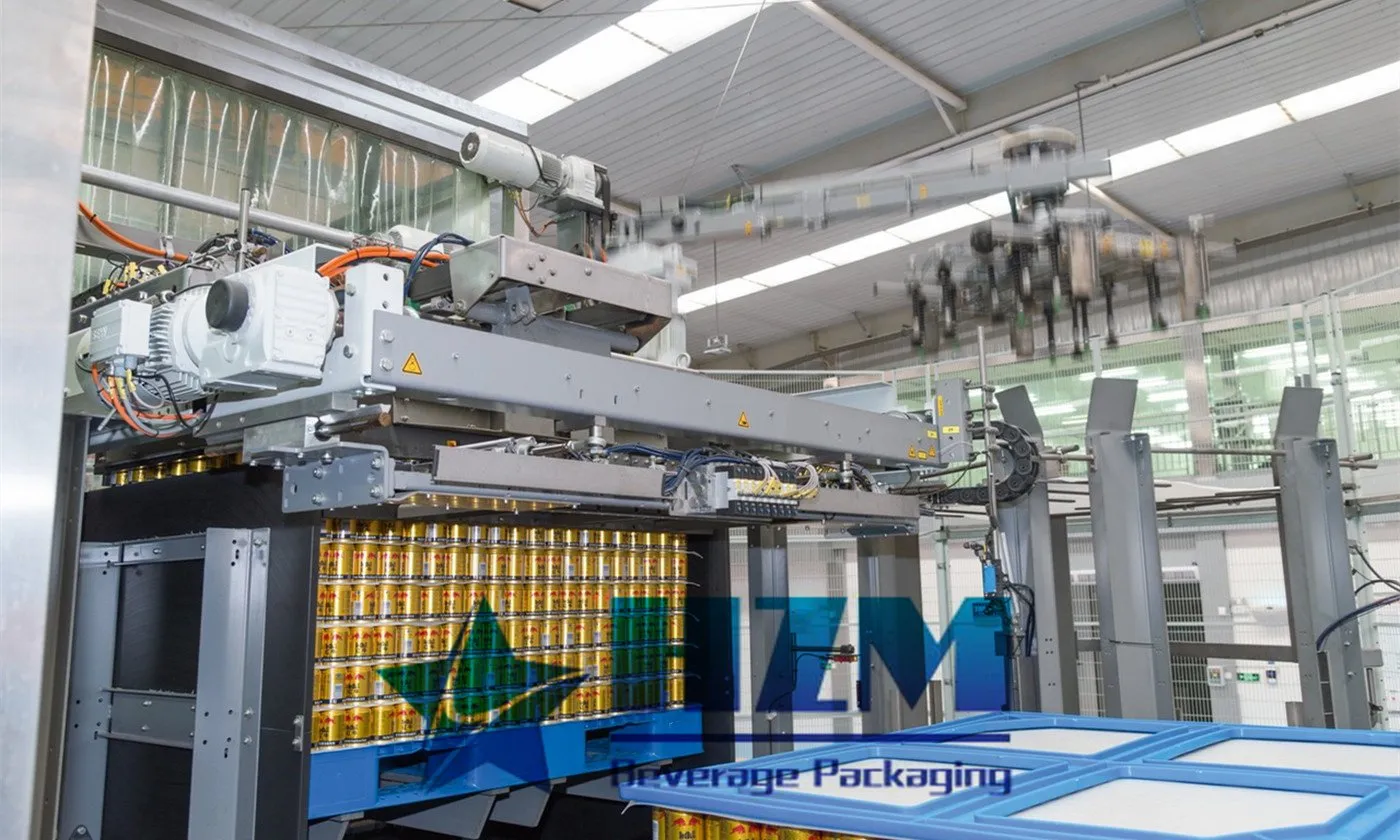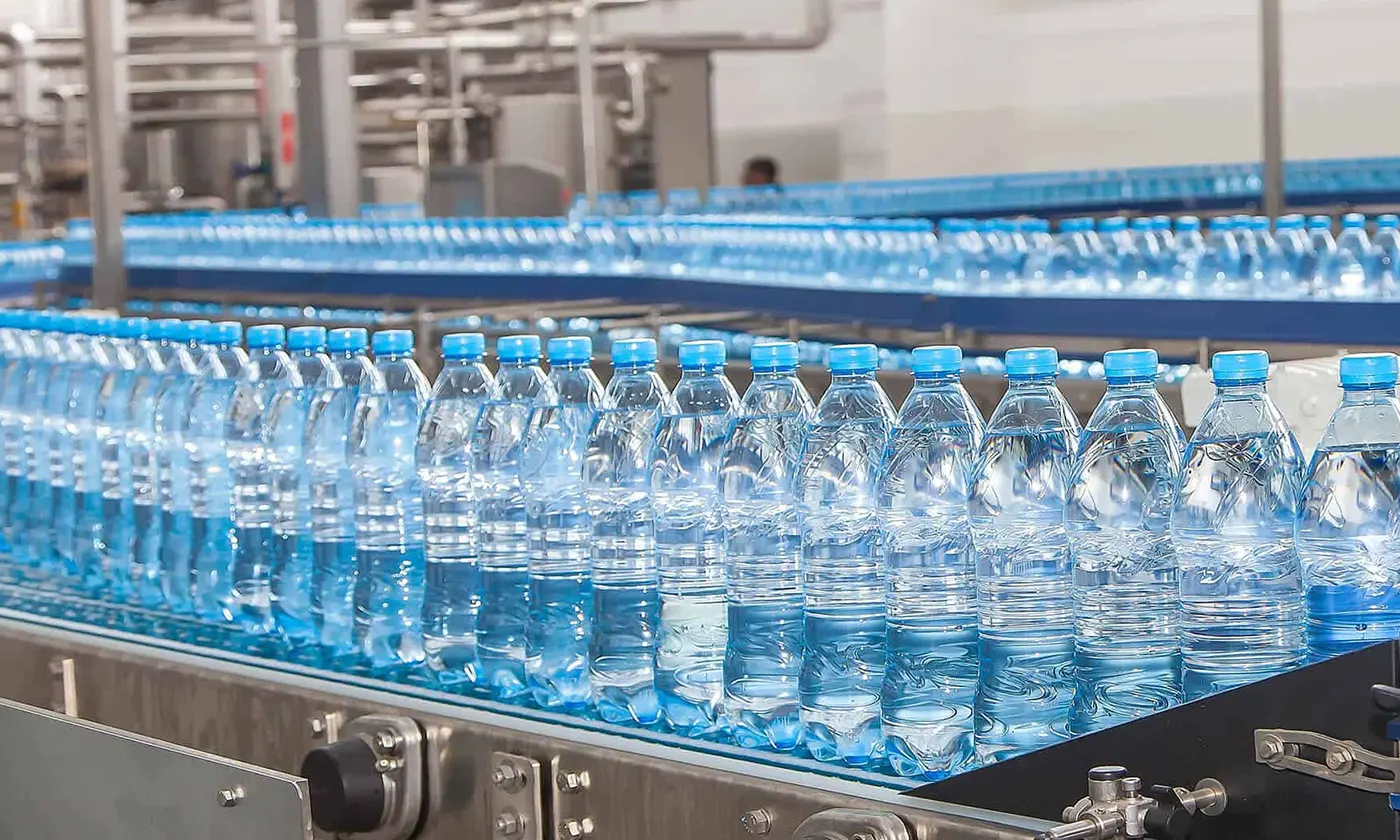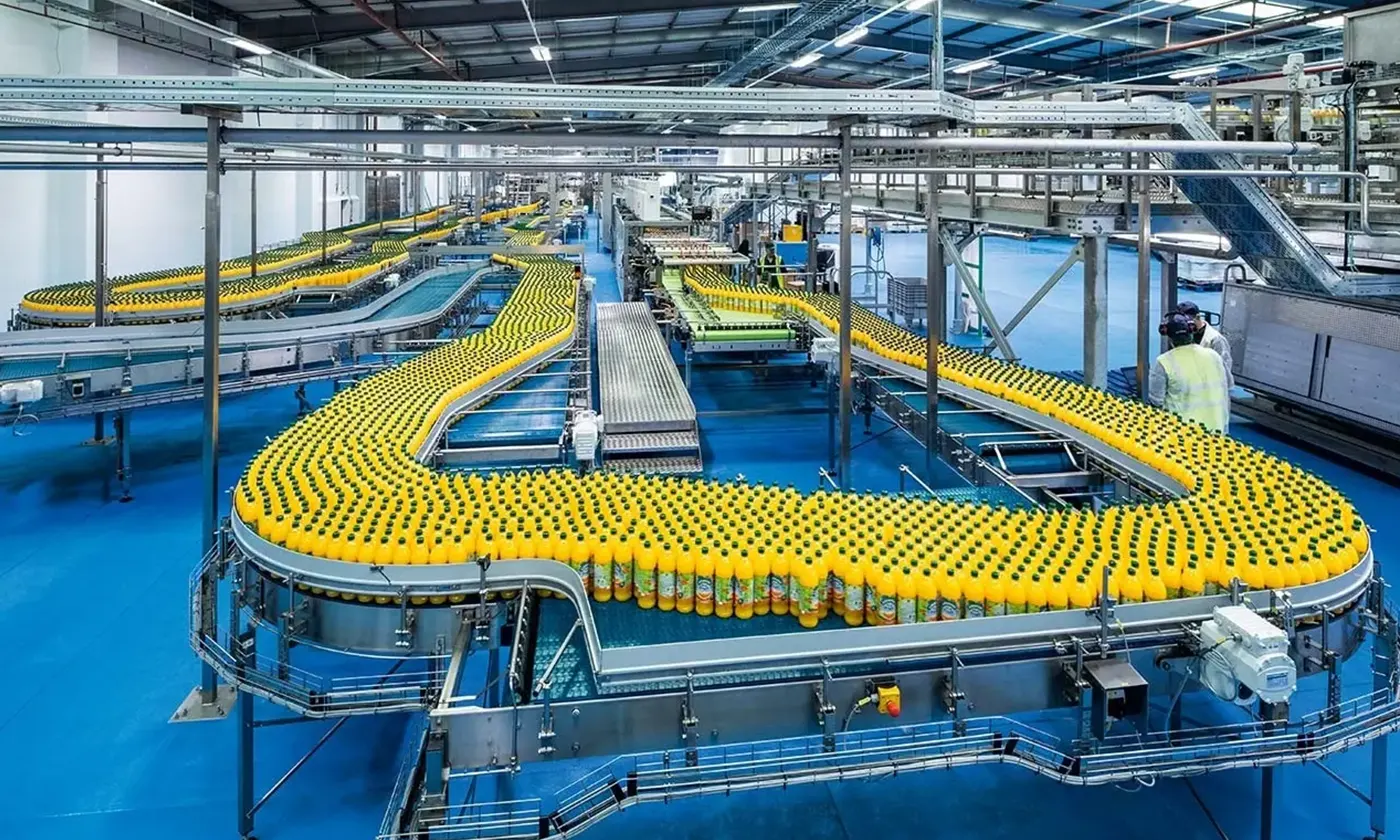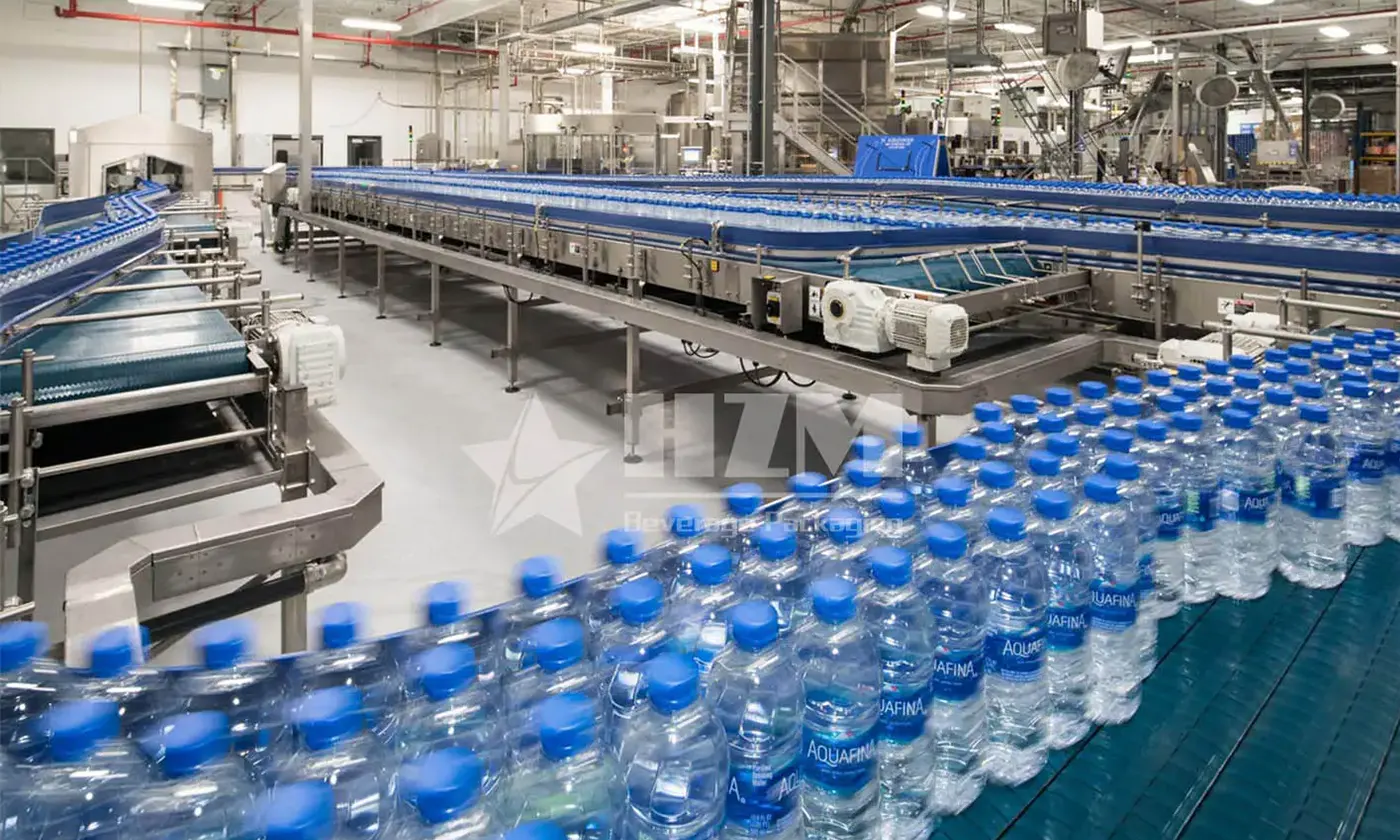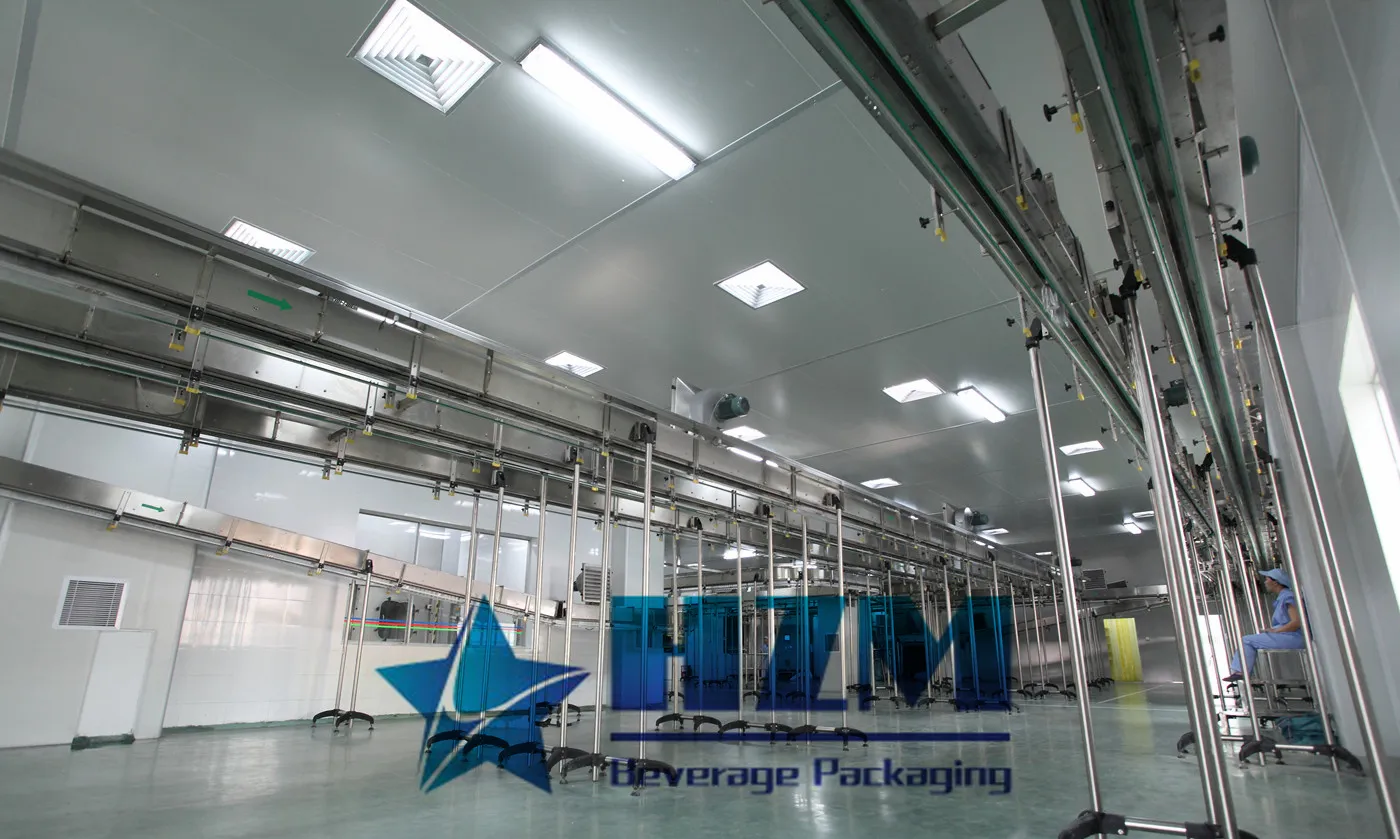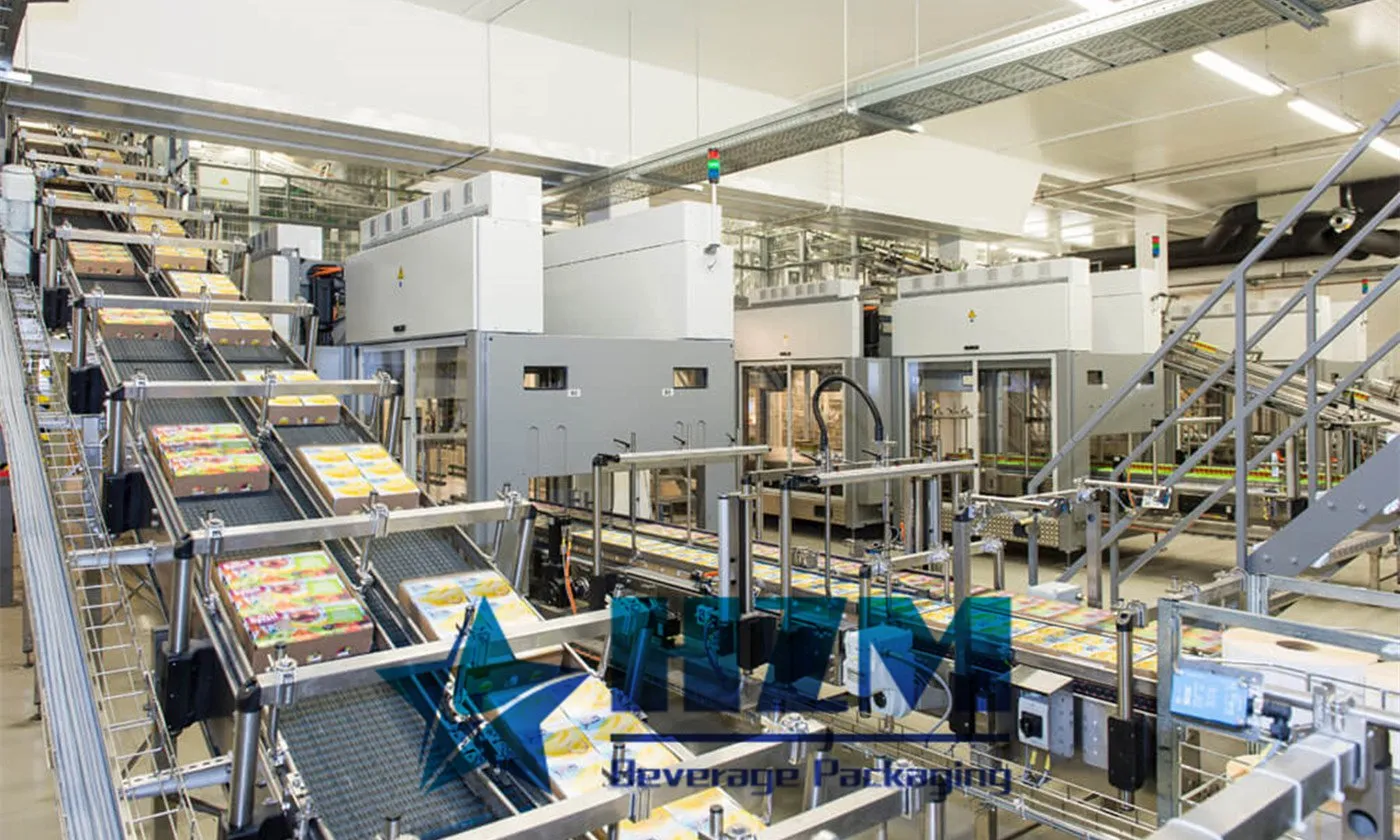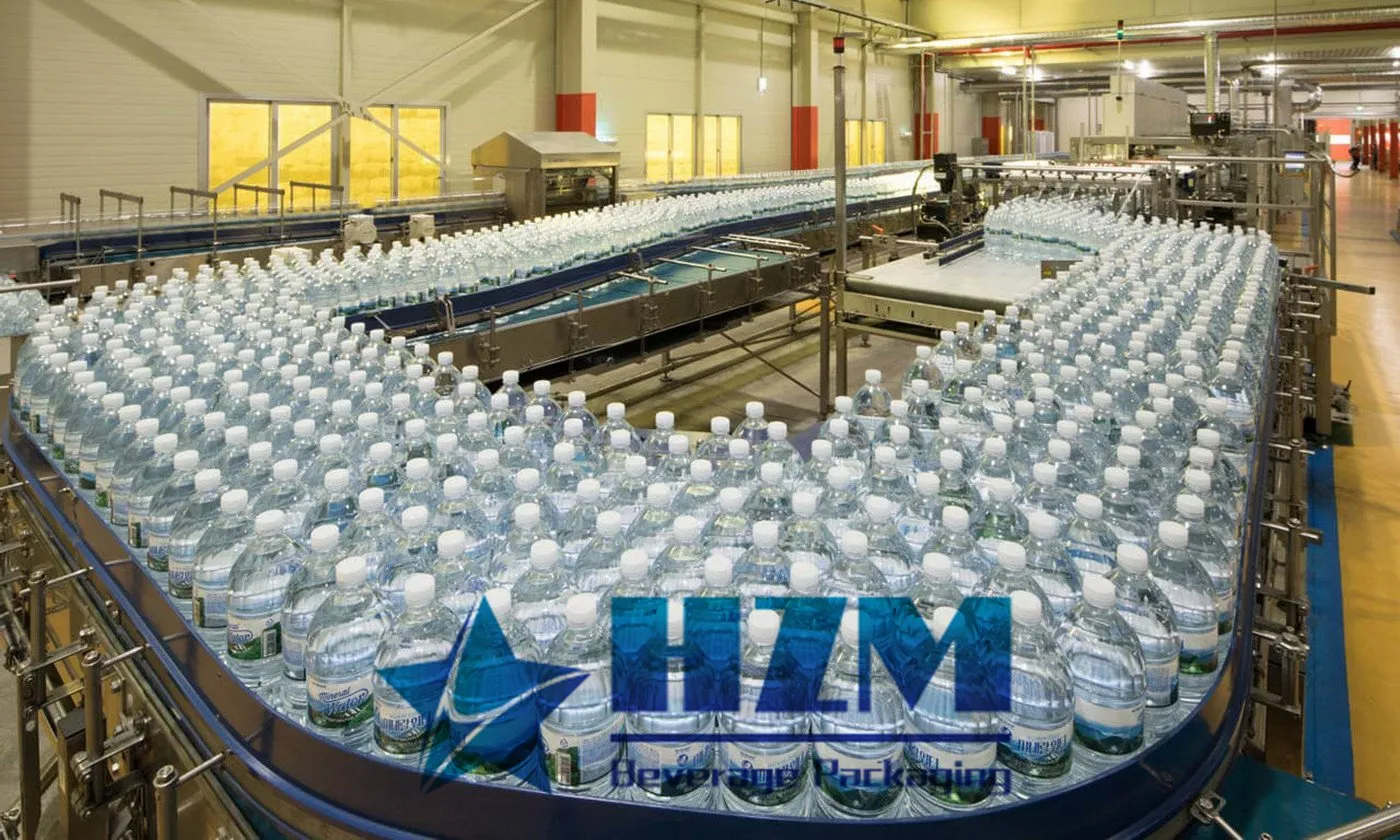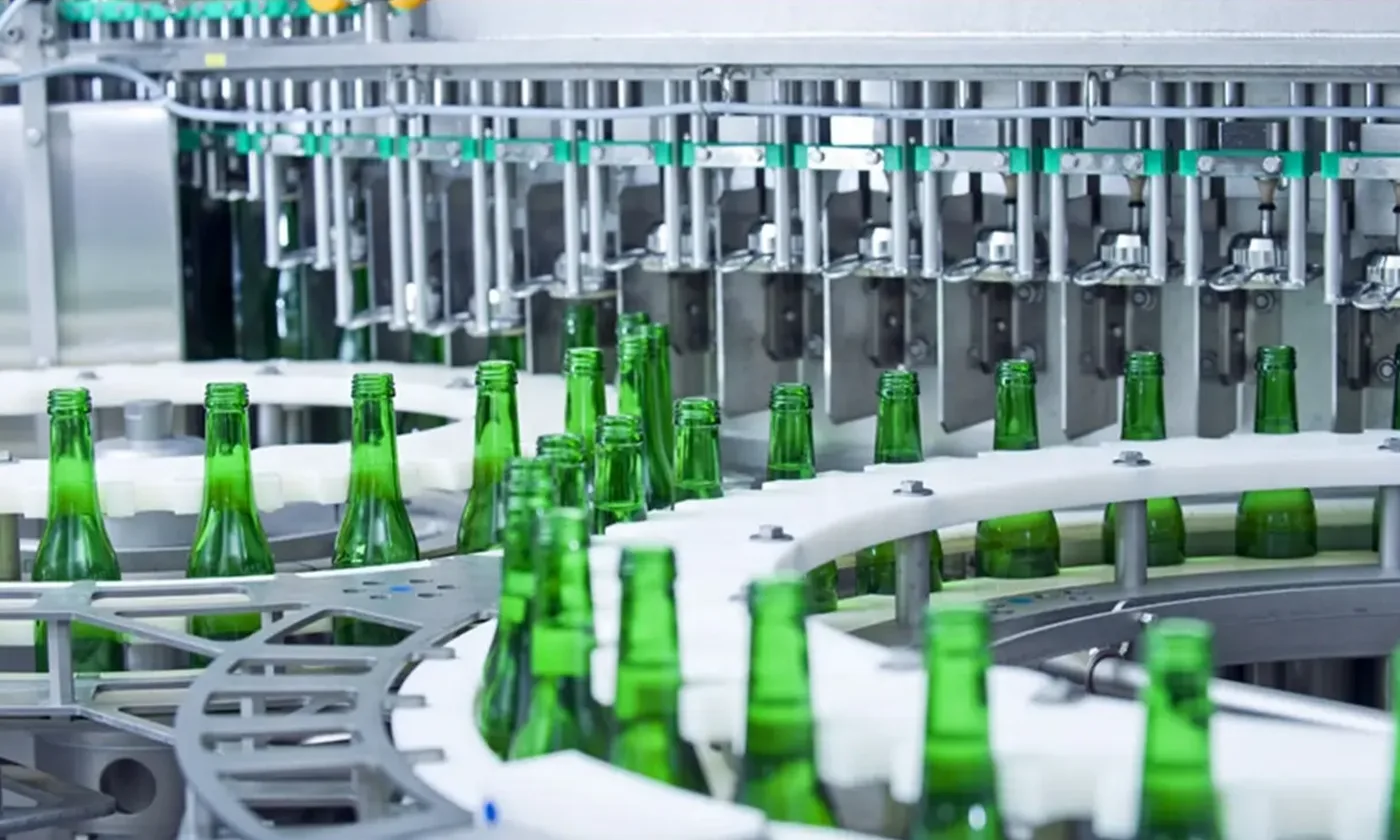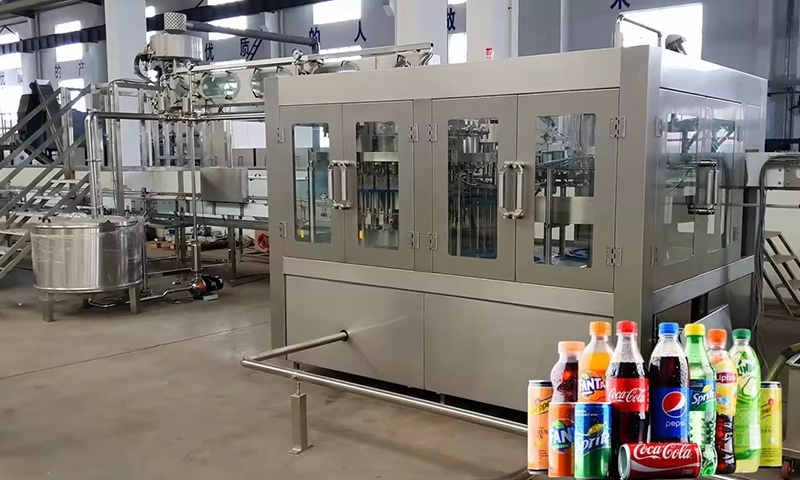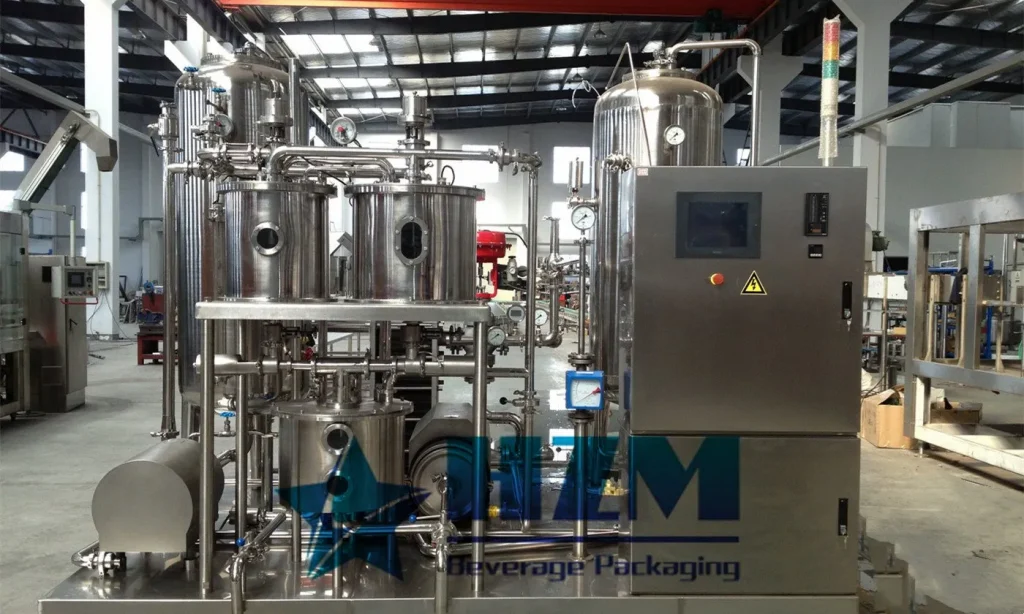
Troubleshooting Common Issues and Practical Maintenance Tips for CO2 Saturator
The CO2 saturator is a commonly used device that controls and regulates the concentration of carbon dioxide (CO2). However, there are instances when the CO2 saturator may encounter malfunctions that require troubleshooting. Additionally, regular maintenance is crucial to ensure the proper functioning of the CO2 saturator. This article will provide methods for troubleshooting common issues with the CO2 saturator and practical maintenance tips for daily use.

1. Troubleshooting Common Issues with the CO2 Saturator:
- Check the power connection: Firstly, ensure that the CO2 saturator's power connection is secure. Verify that the power cable is properly plugged in and confirm that the power source is functioning correctly.
- Verify CO2 supply: Check if an adequate supply of CO2 is available. Inspect the CO2 cylinder to ensure it is full, and promptly replace it if it is running low.
- Clean the CO2 saturator: Regularly cleaning the CO2 saturator is an essential step in maintaining its proper operation. Use a mild cleanser to clean the surface of the CO2 saturator, taking care not to allow any cleaning agents to enter the internal components.
- Check the sensors: CO2 saturators typically come equipped with sensors to monitor CO2 concentration. Verify that the sensors are functioning correctly, and if necessary, calibrate or replace them.
- Verify control panel settings: Review the control panel settings of the CO2 saturator to ensure they are correctly configured. Confirm that the set CO2 concentration and other parameters align with the actual requirements.
2. Practical Maintenance Tips for the CO2 Saturator:
- Regularly clean the filters: CO2 saturators often utilize filters to remove impurities from the surrounding air. Regularly clean the filters to prevent dust and other contaminants from clogging them, which could affect the performance of the CO2 saturator.
- Periodically inspect pipe connections: Check the tightness of the pipe connections in the CO2 saturator. If any looseness or gas leakage is detected, promptly repair or replace the seals.
- Regularly calibrate the sensors: The sensors in the CO2 saturator require regular calibration to ensure accurate CO2 readings. Follow the manufacturer's guidelines for calibration or seek assistance from a qualified technician.
- Avoid exposure to extreme temperatures: It is important to prevent prolonged exposure of the CO2 saturator to extreme temperature environments. Both high and low temperatures can affect its performance and lifespan.
- Perform routine checks on the operational status: Regularly inspect the working condition of the CO2 saturator, including the display screen, indicator lights, and alarm system. If any anomalies are detected, take appropriate measures to rectify the issues or contact a service technician.
Troubleshooting common issues and implementing practical maintenance tips are crucial for ensuring the smooth operation and extended lifespan of the CO2 saturator. Performing regular troubleshooting steps, such as checking power connections, CO2 supply, and sensors, can help resolve common problems. Additionally, routine maintenance includes cleaning filters, inspecting pipe connections, calibrating sensors, and avoiding extreme temperatures. By following these recommendations, you can ensure that your CO2 saturator operates efficiently and reliably during its usage.
TAG: Co2 mixer machine CO2 Saturator
-
![Core Selling Points of Glass Bottle CSD Filling & Capping Line]()
Core Selling Points of Glass Bottle CSD Filling & Capping Line
-
![Customizable beverage filling system]()
Customizable beverage filling system
-
![Differences Between Hot Filling and Cold Filling in Beverage Filling Machines]()
Differences Between Hot Filling and Cold Filling in Beverage Filling Machines
-
![Selecting a Dedicated RO Reverse Osmosis Water Treatment System for a Purified Water Beverage Production Line]()
Selecting a Dedicated RO Reverse Osmosis Water Treatment System for a Purified Water Beverage Production Line
-
![How Fast Is the Labeling Speed of Tea Beverage Packaging Machines?]()
How Fast Is the Labeling Speed of Tea Beverage Packaging Machines?


